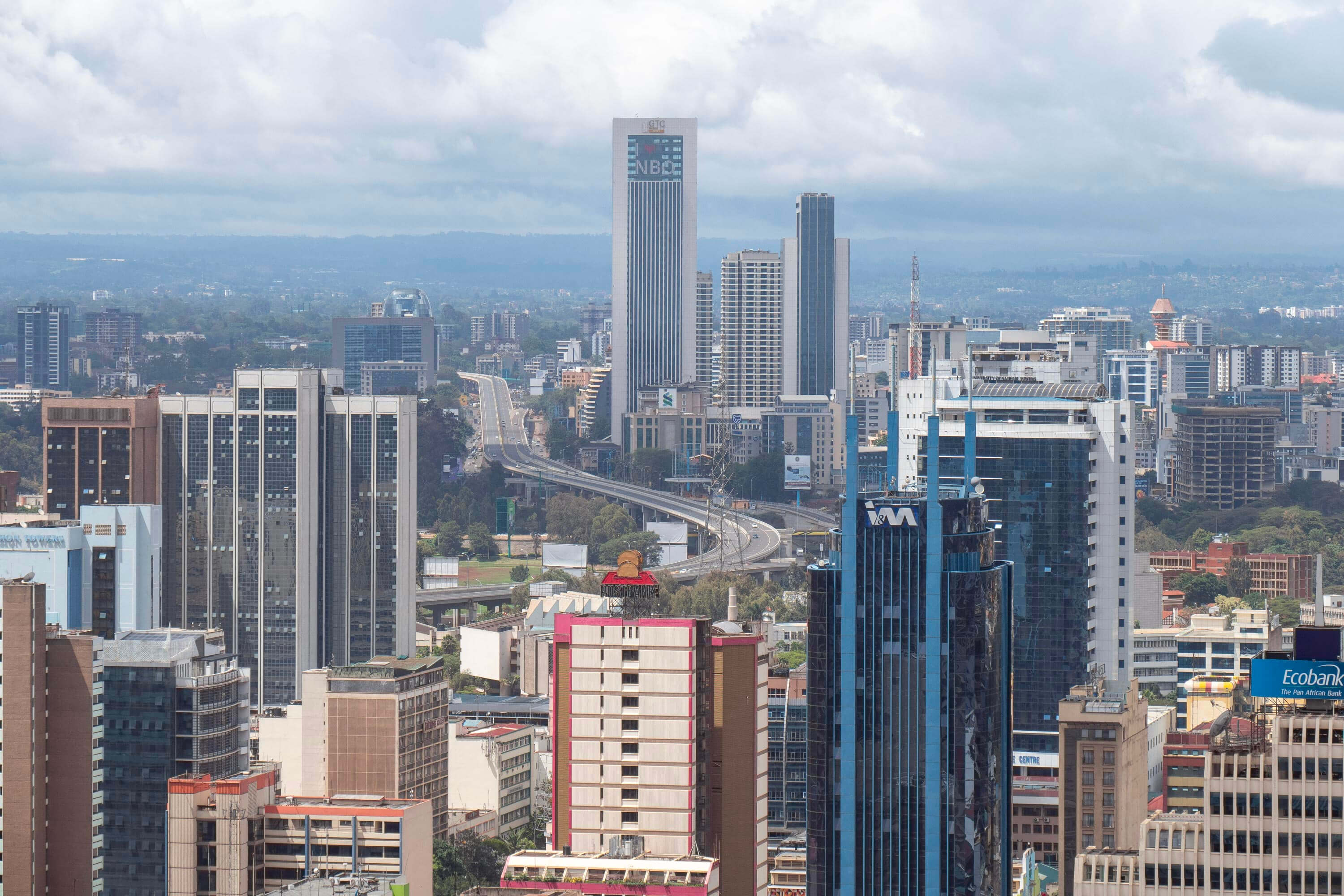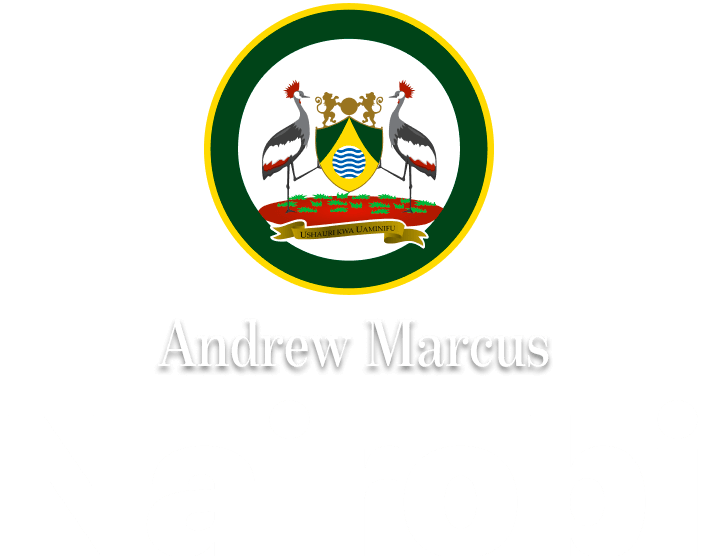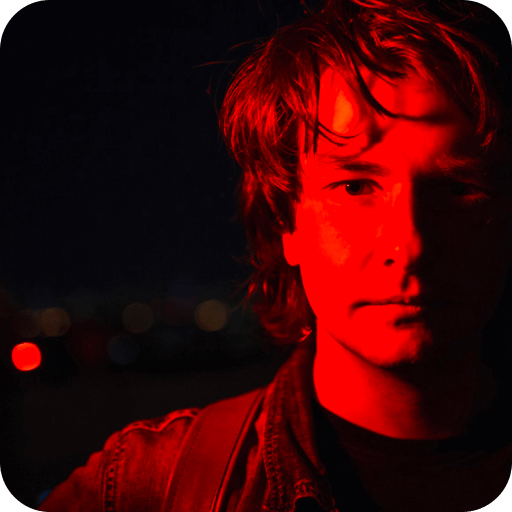Nairobi
Nairobi is the capital of Kenya and the root of the word “nairobbery.”
Although robberies and murders are indeed not uncommon in Nairobi, the city is considered dangerous more because of the very high safety standards set in Europe today. Of course, compared to Berlin, it’s dangerous here. However, New York has approximately the same level of crime as Nairobi — and it is one of the safest cities in the US!
The issue is different here. Besides the average crime level, criminology has the term “victimity,” which refers to a particular person’s tendency to become a victim of a crime. For a white person in Africa, “victimity is significantly higher than for a black person, simply because they seem to have a neon sign overhead saying ATM. So we can close the statistics, dear reader.
And open the aperture. Nairobi turns out to be almost a modern metropolis. See how it is now in Africa.
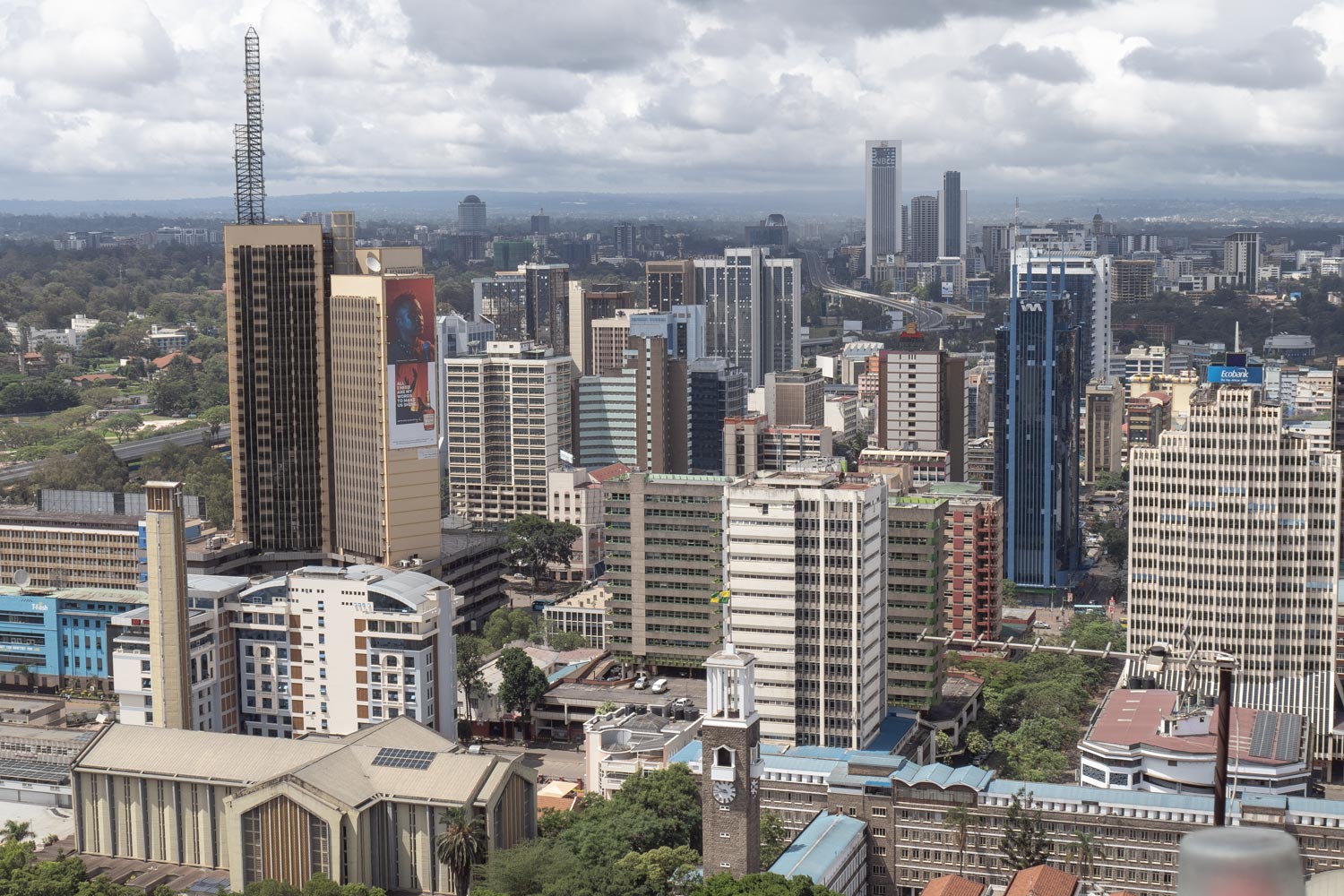
A quite well-settled, decent city.
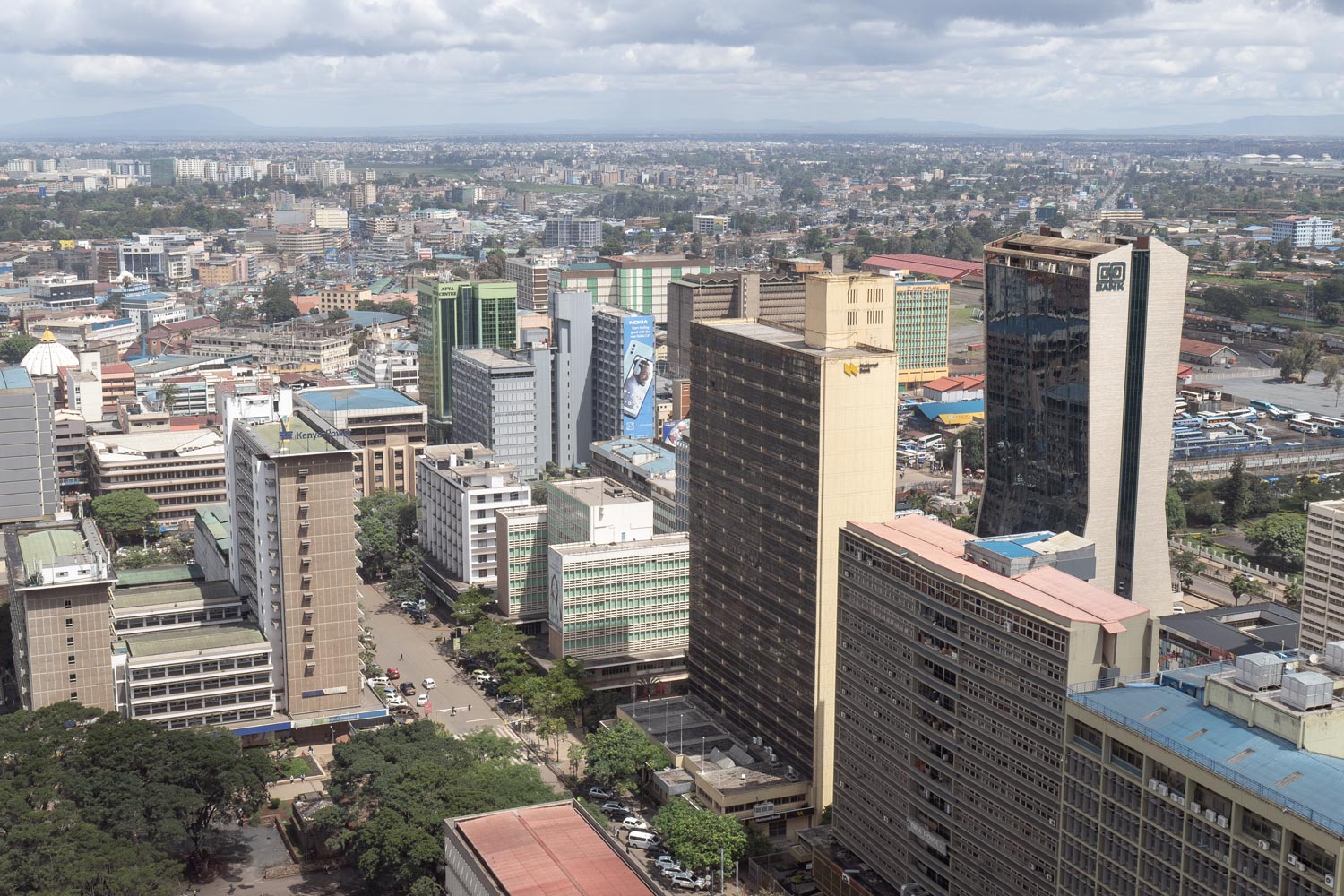
Not Europe, of course, but quite similar to Asia. No desert, just greenery all around.
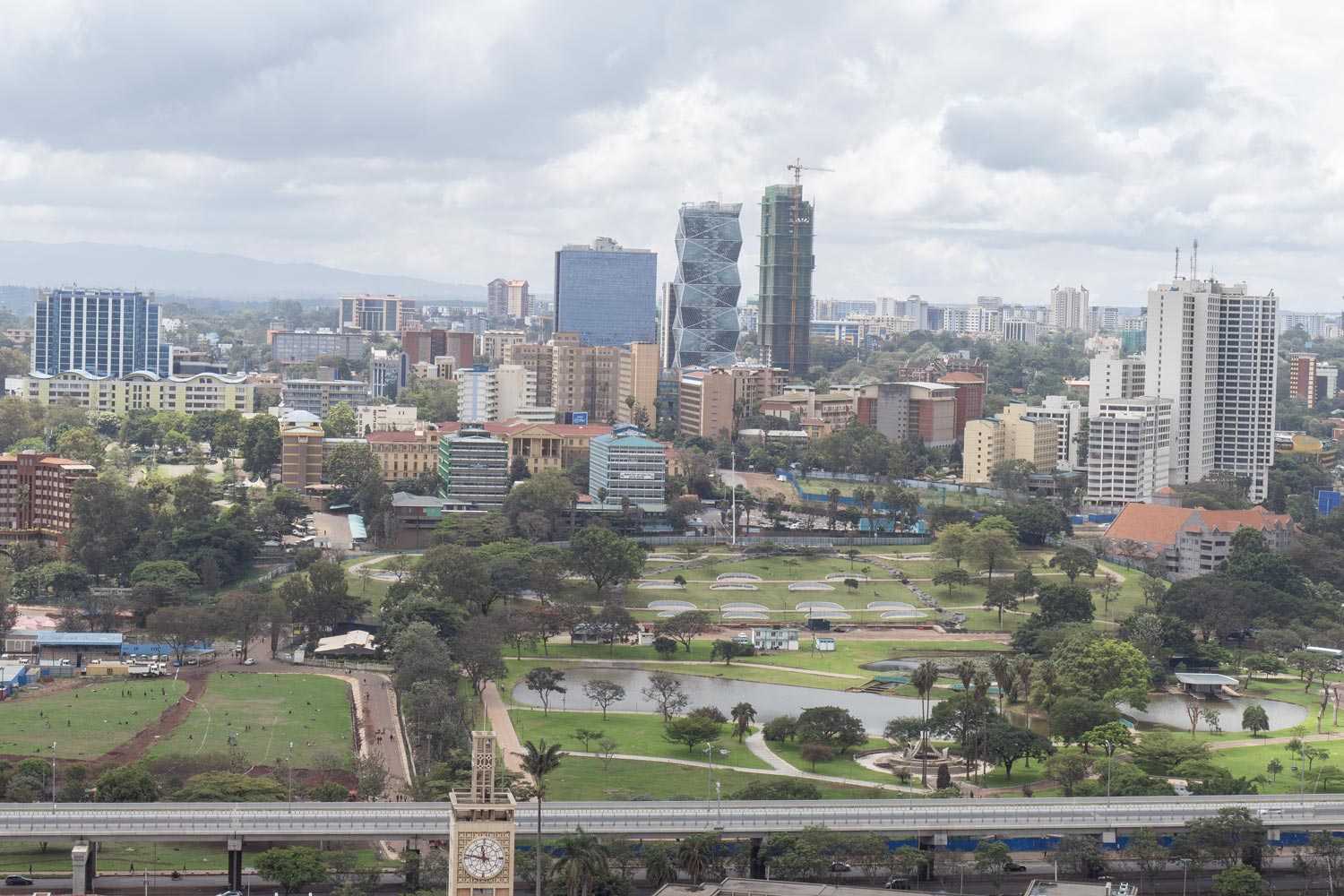
The Parliament building. A beautiful example of colonial architecture. In 1954, when this palace was built, Kenya was under British rule. The style of this building actually replicates the Parliament in London, complete with Big Ben.
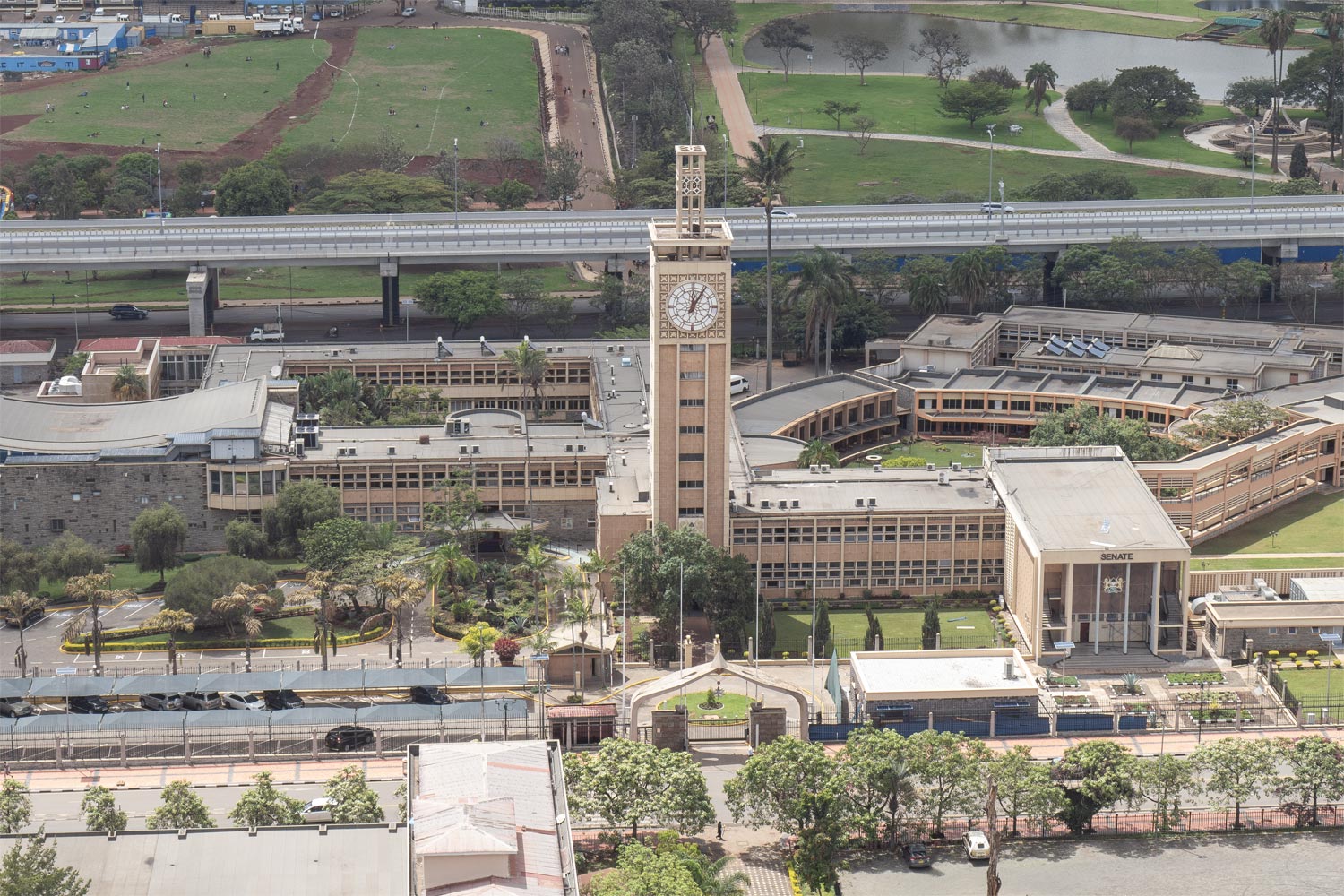
Another decent palace is the Governor’s office. By the way, government buildings can only be photographed from above: photography in Nairobi is still quite restricted.
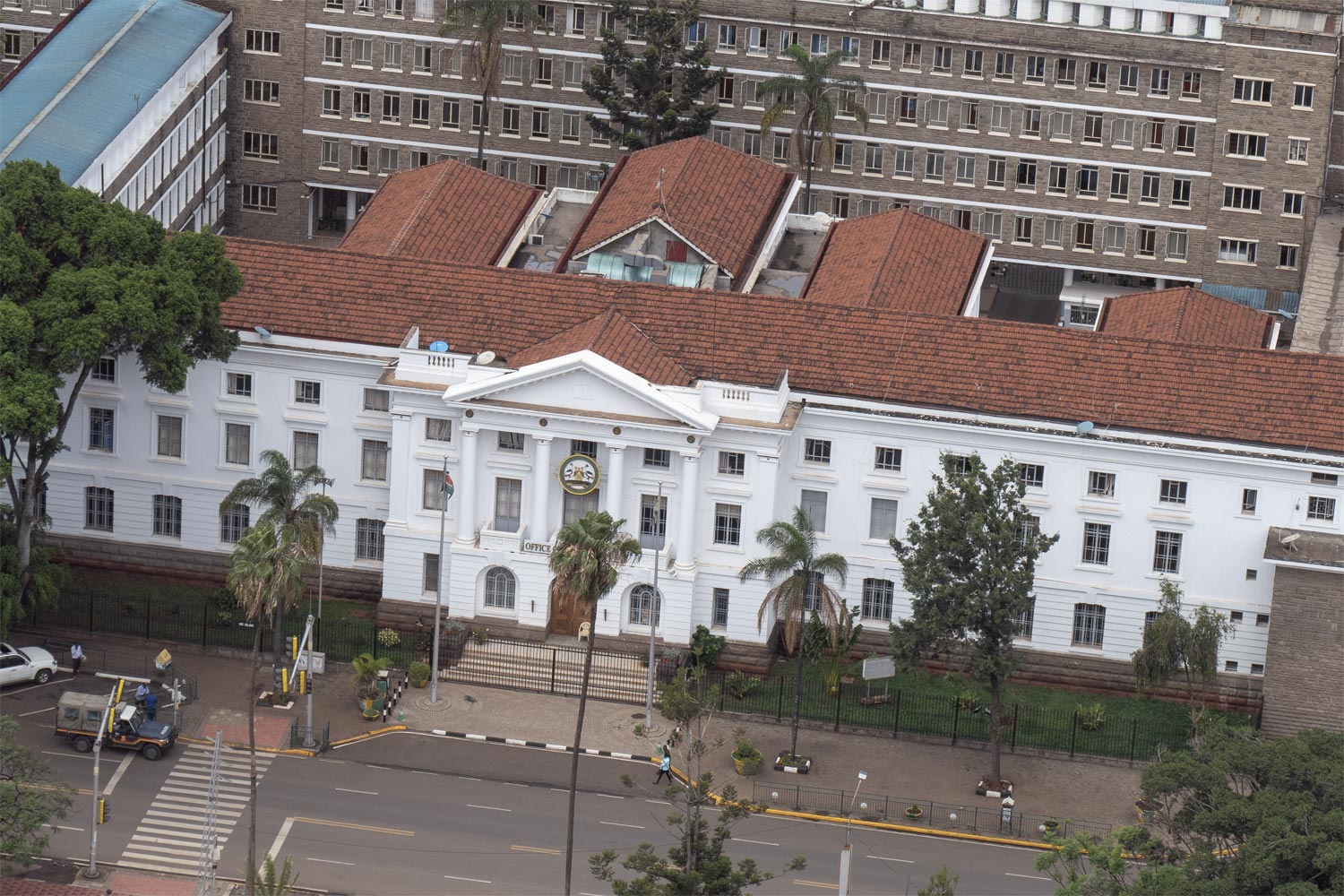
The former Hilton Hotel. It closed in 2022 after 53 years of operation due to the crisis in the tourism industry.
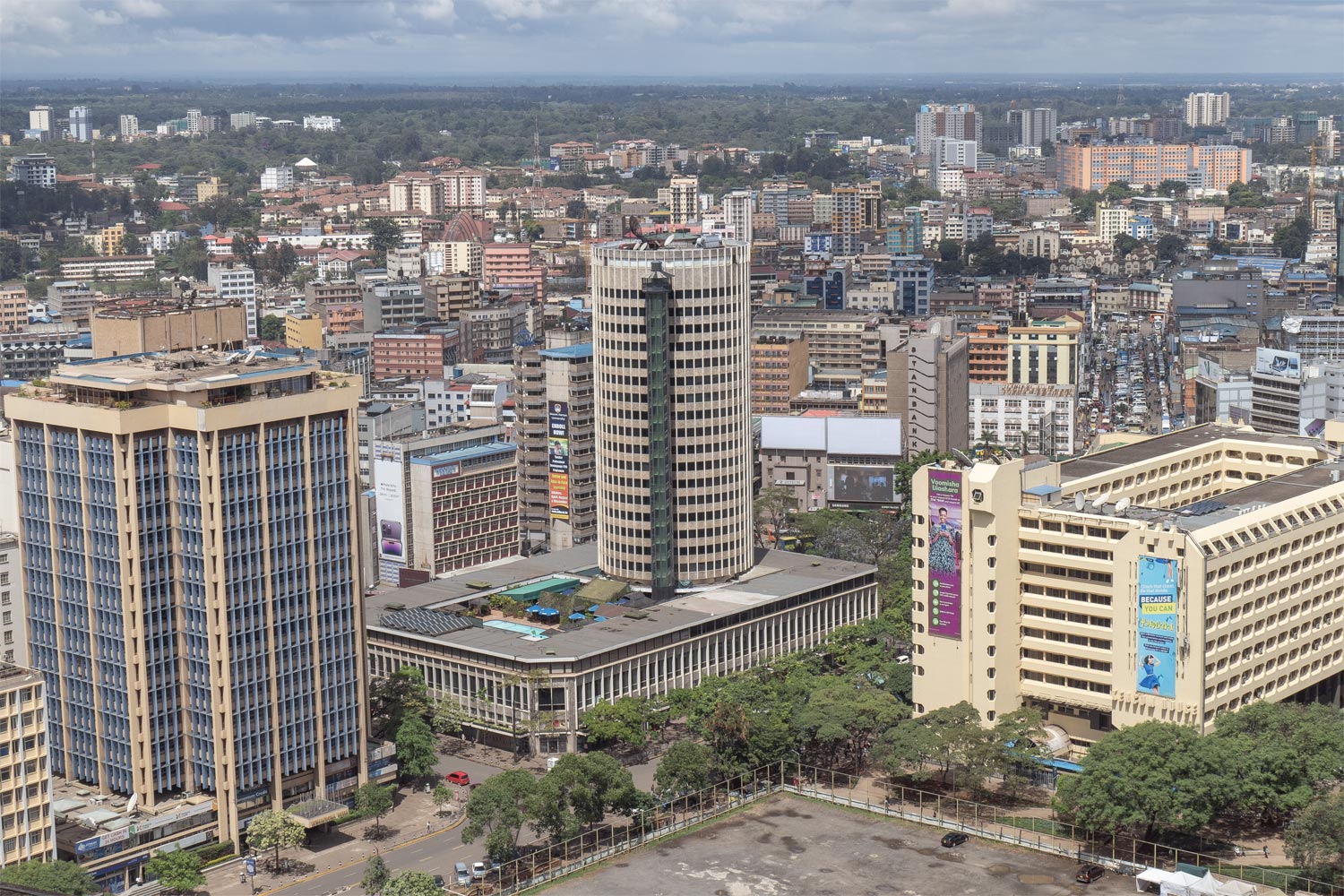
The Technical University of Kenya. A rather mediocre institution, but inexpensive: Kenyans pay only fifteen hundred dollars for a year of study.
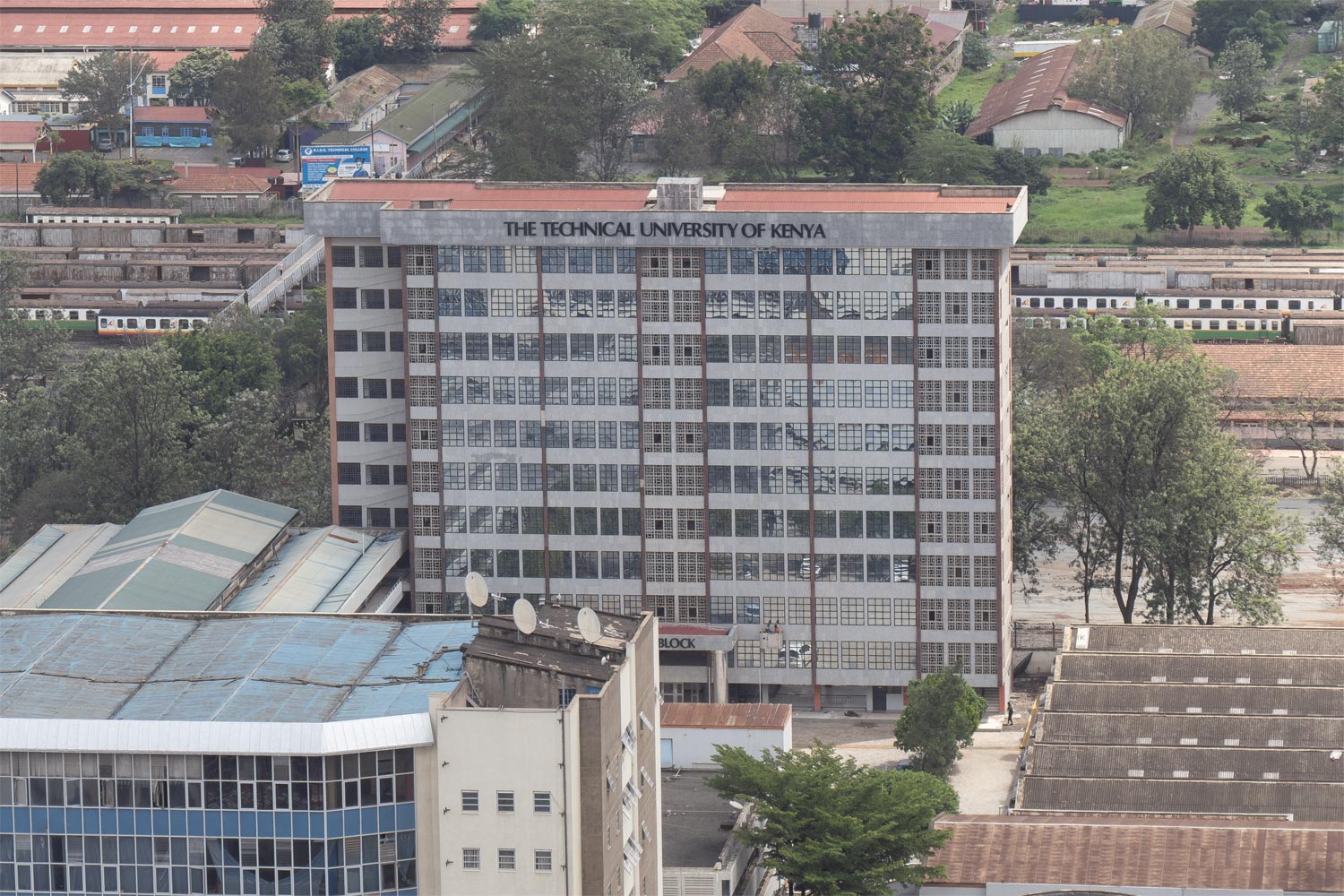
As the reader can see, in Africa, people haven’t been living in trees for a long time, except in a few extremely troubled countries like Somalia.
The most “prosperous” countries are in East Africa, and Kenya is one of them, along with Ethiopia. Kenya’s GDP has been growing by 5-6% per year for twenty years. The country is striving to develop technology, and Nairobi is one of the main financial centers of Africa.
It’s clear that skyscrapers in Nairobi are built by Indians and Chinese, and building a skyscraper today is easier than printing a dick on a 3D printer. It’s also clear that a 5% annual growth in absolute terms is just 100 dollars per person. However, overall, Kenya is doing quite well. One can live here.
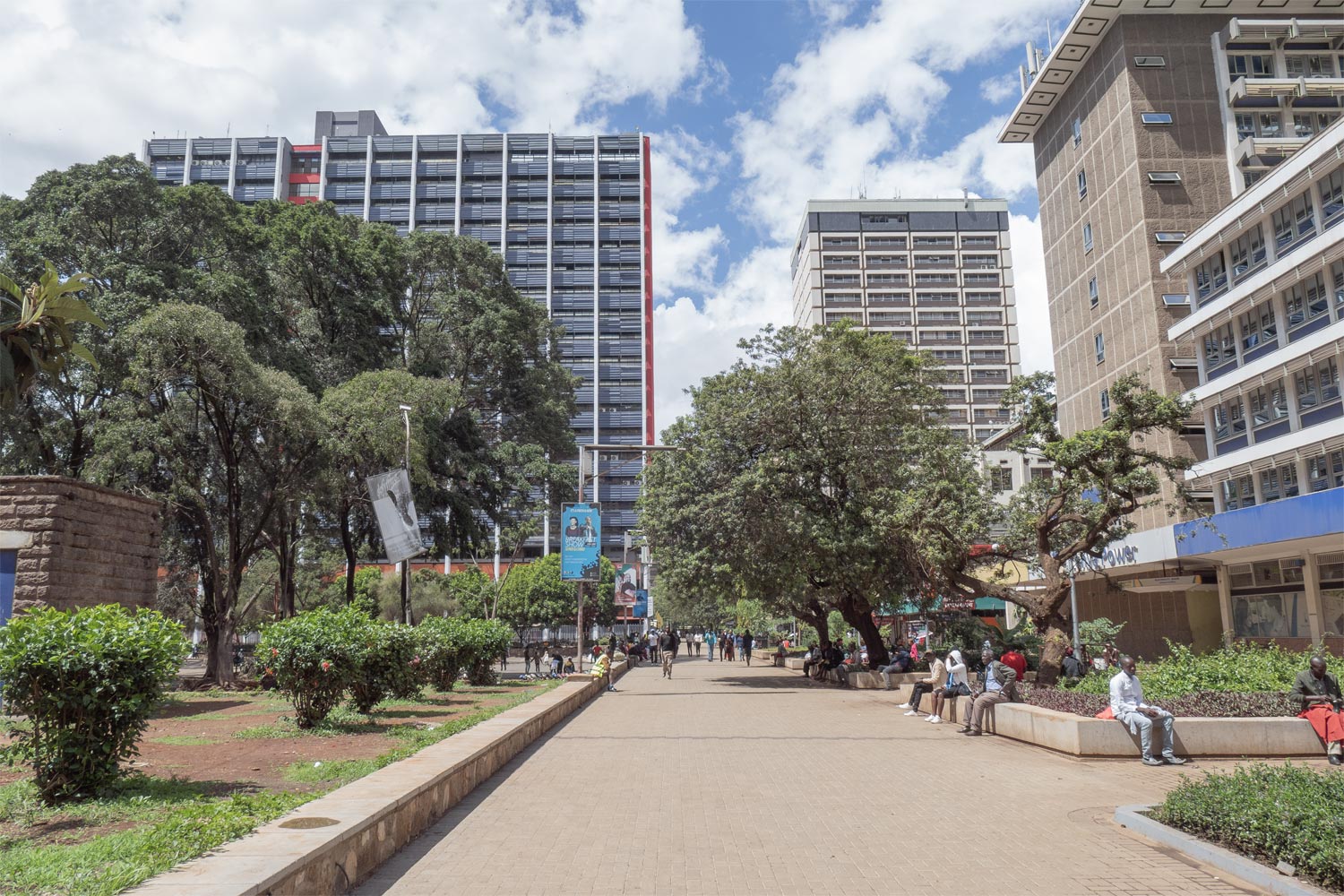
Africa largely imitates America. Just as American cities were once built as if with a ruler, today African cities are growing in the same way. Therefore, they suffer from the same issues as metropolises in the USA.
In short, aside from the slums, downtown Nairobi is the most dangerous. The situation is mitigated only by cameras and police, so in the very center of downtown, it’s fairly safe during the day, although there is a certain tension in the air. However, at night, it’s better for a white guy not to walk alone here.
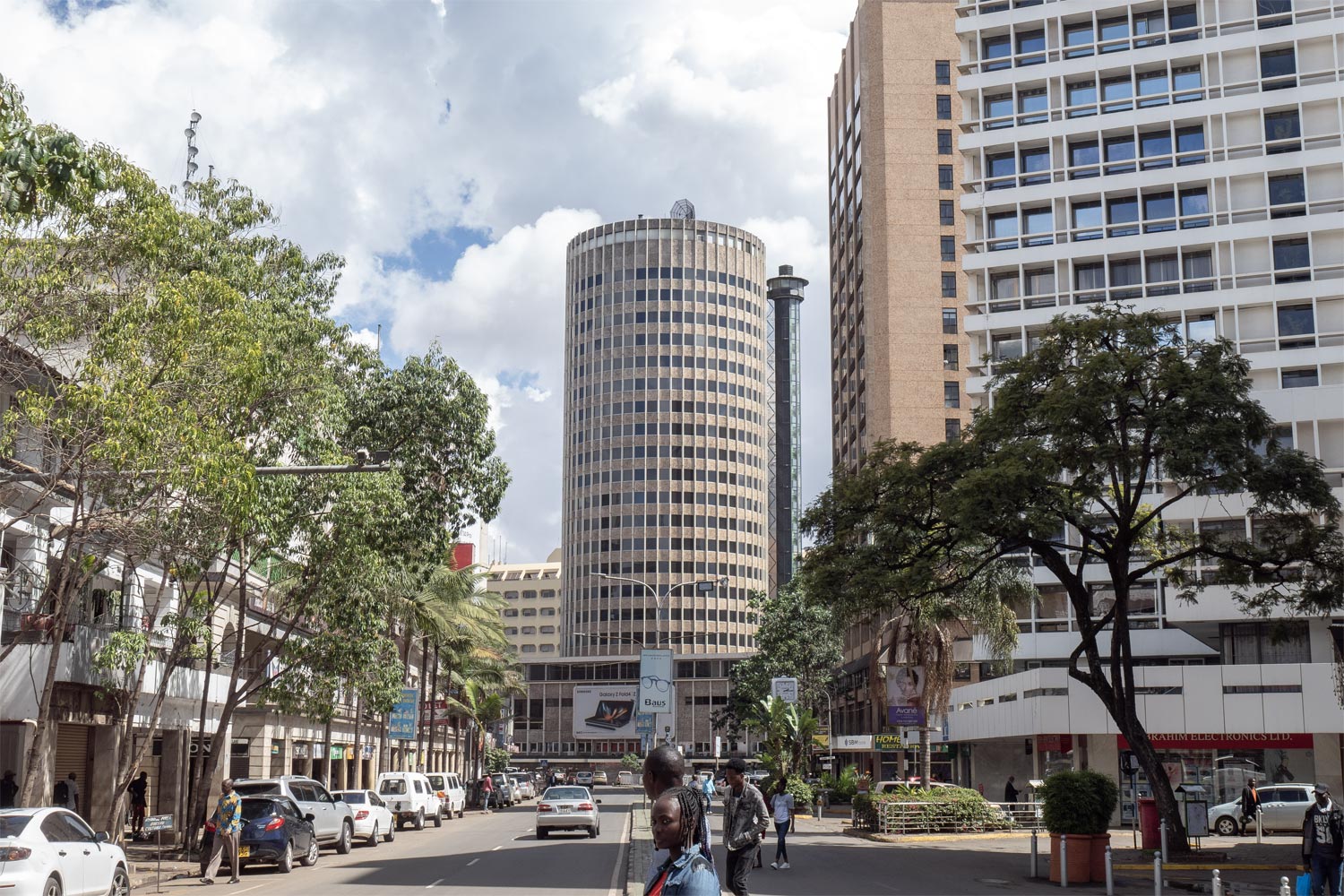
Especially since even downtown Nairobi is incredibly far from American downtowns. It looks decent only from above, and at ground level, it’s quite difficult to find a decent view.
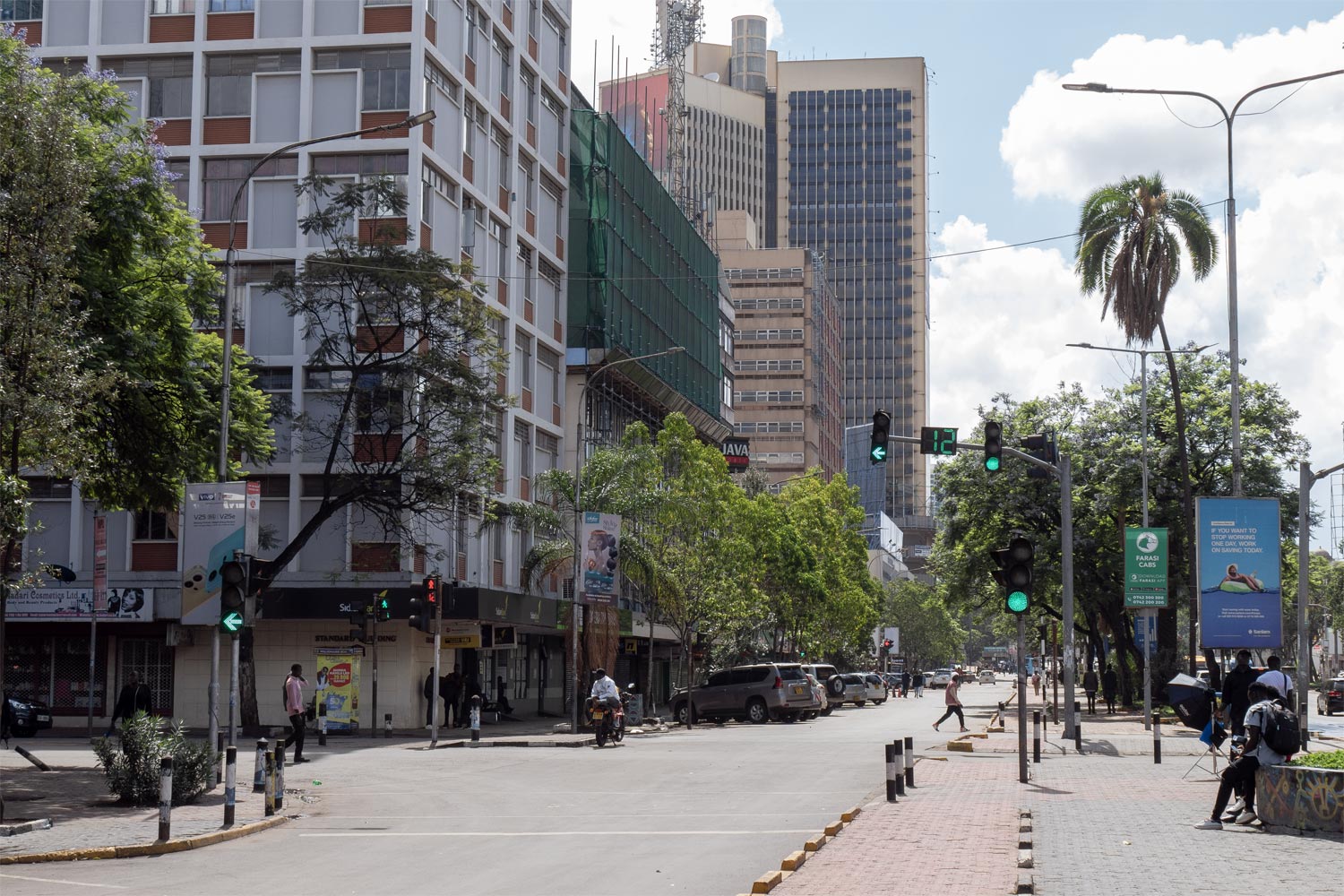
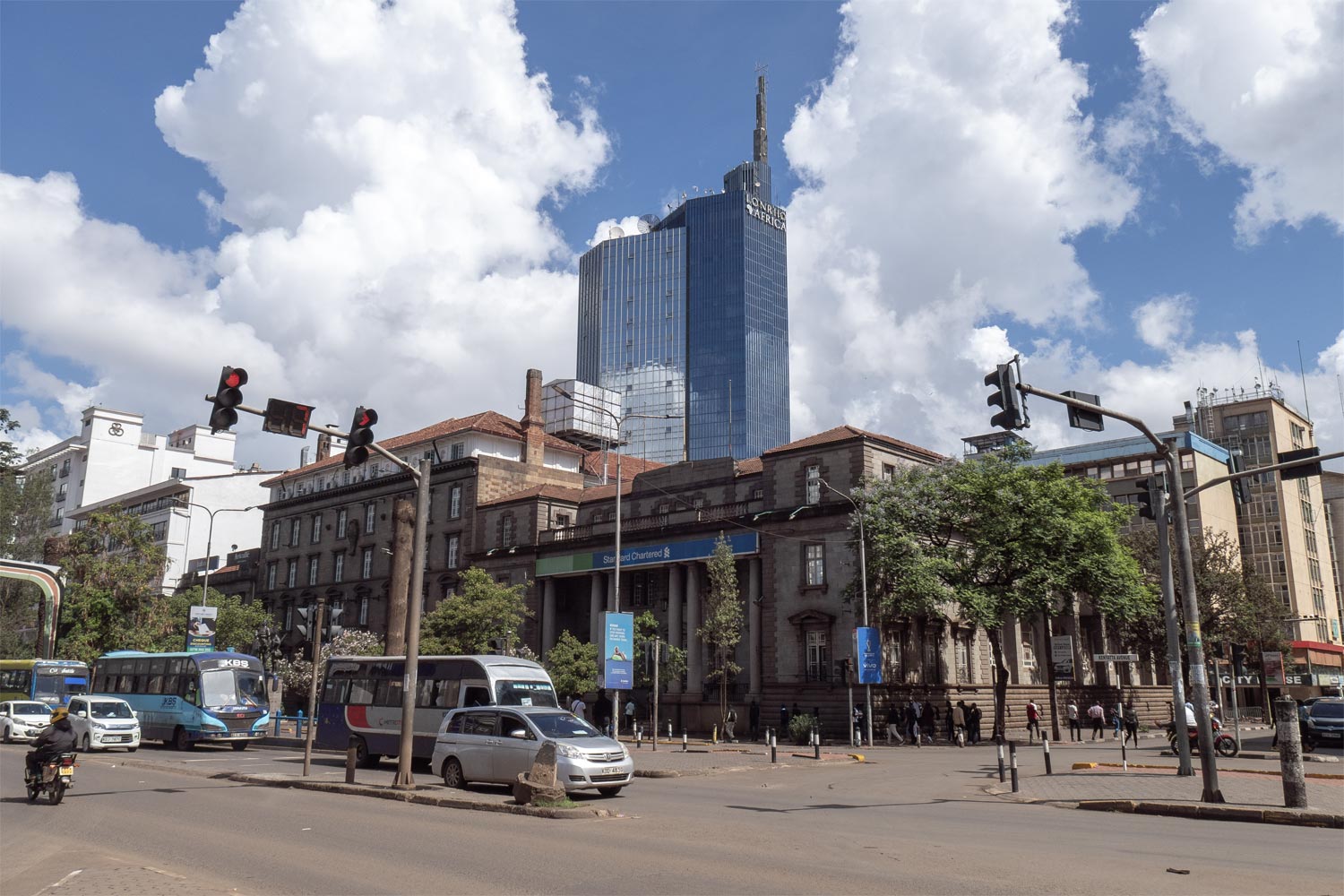
Despite the lack of history, Nairobi has a couple of decent buildings that can be nominally called historical. One of them is a library built in 1931, founded by a wealthy white American, MacMillan, who decided to immigrate to Kenya out of boredom and later died from obesity.
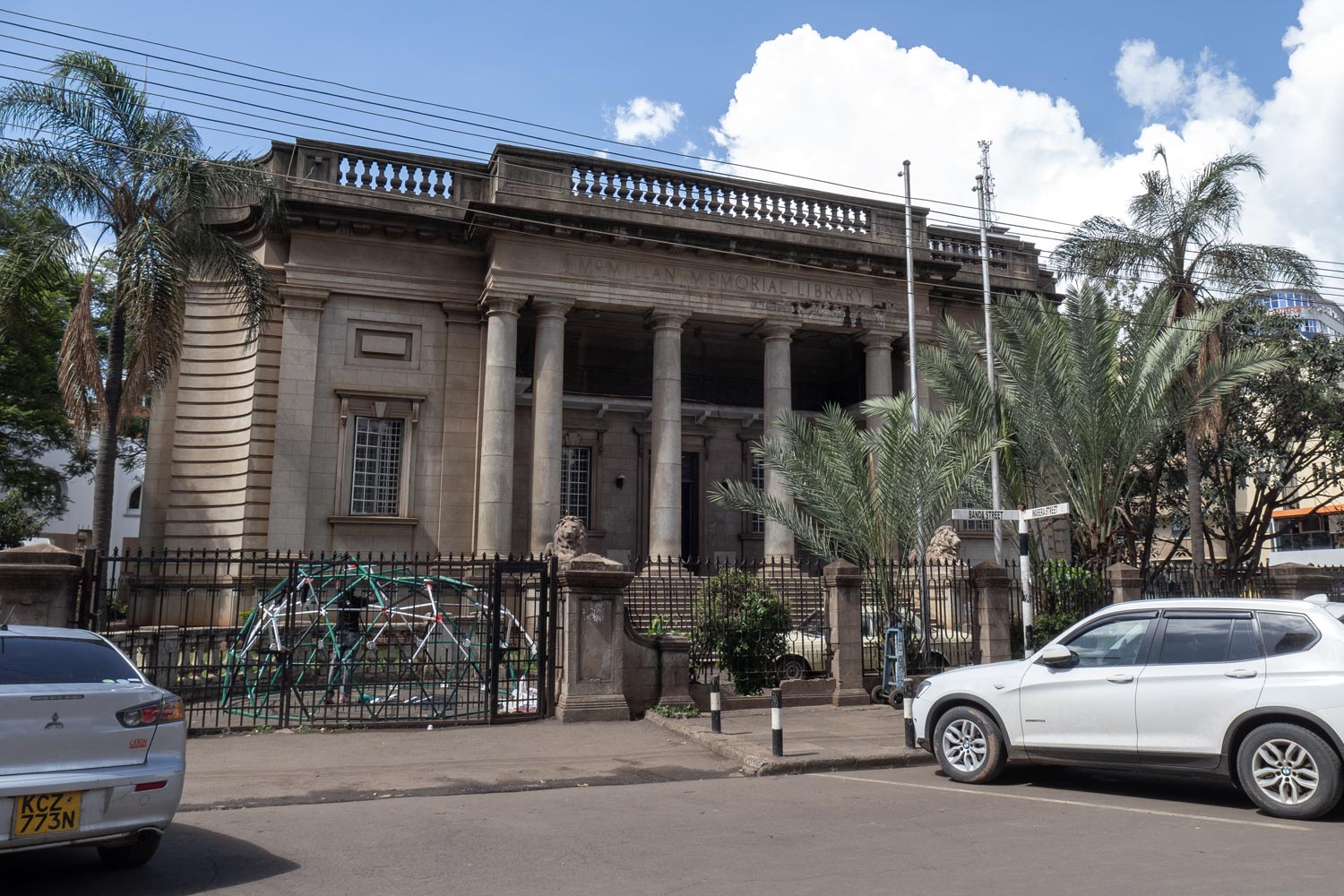
Another building is a charming local mosque built around the same time.
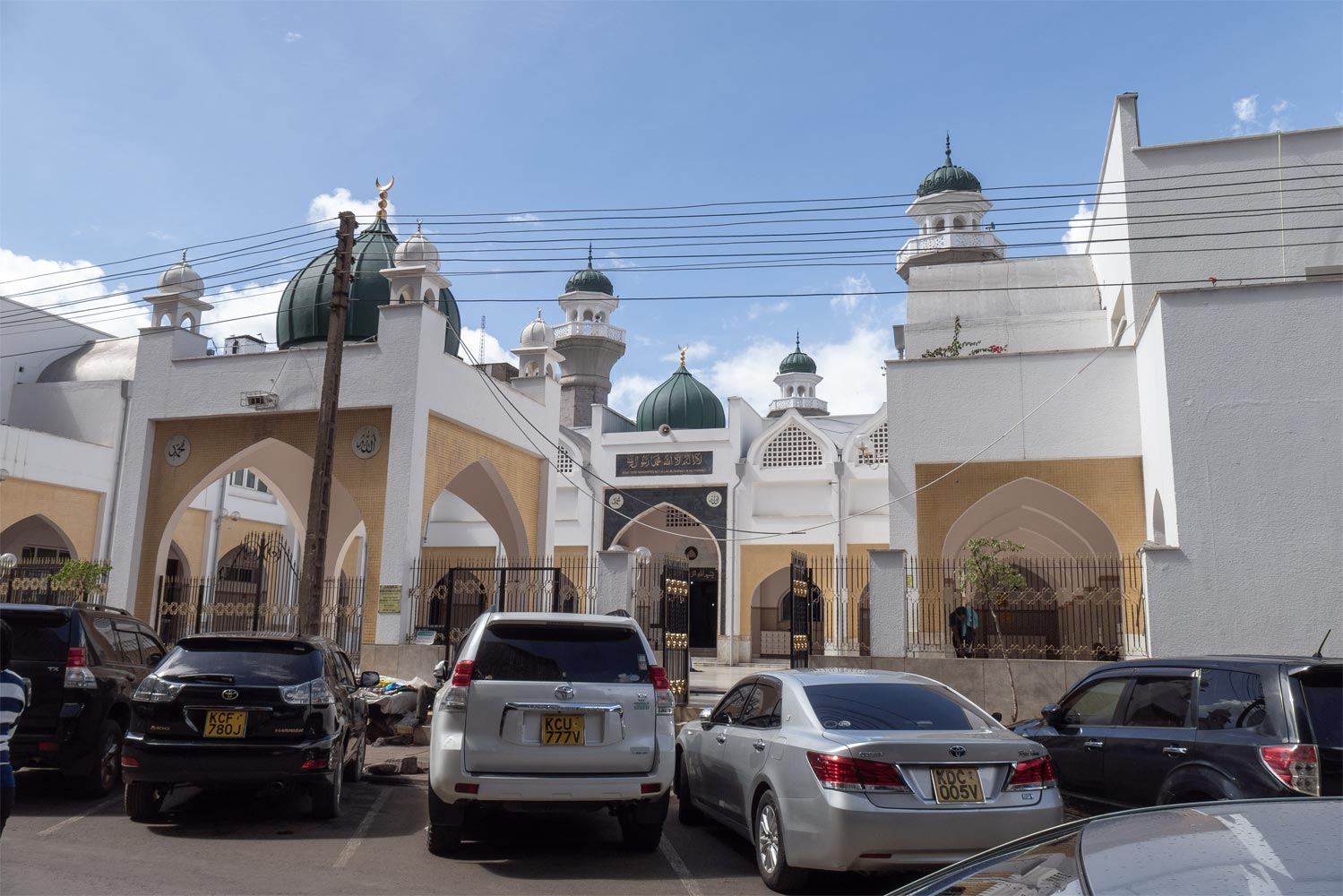
Such buildings are a rare phenomenon not only in Nairobi but also throughout sub-Saharan Africa.
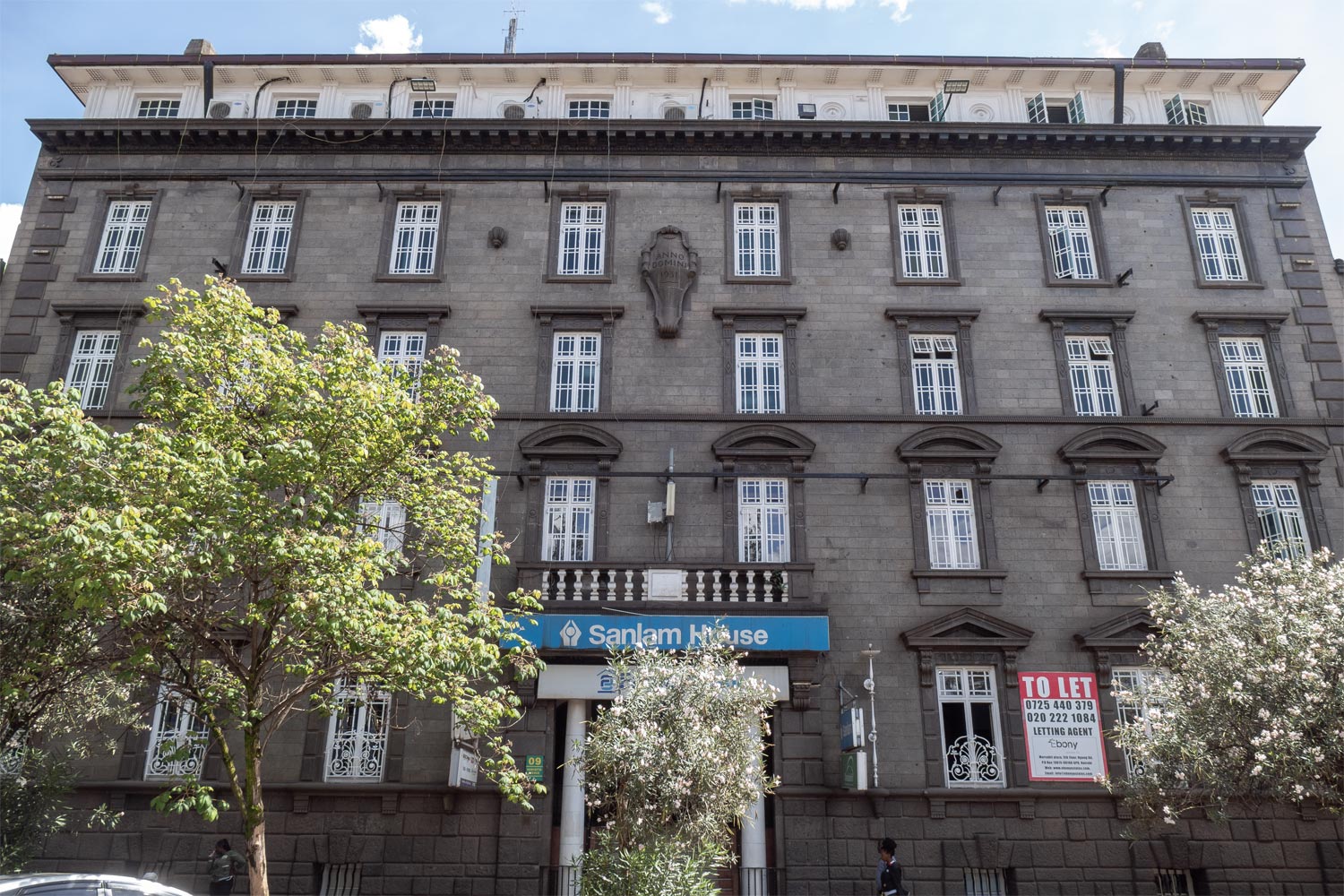
A pleasant park was found in the center of Nairobi. Locals entertain themselves by roller skating which can be rented.
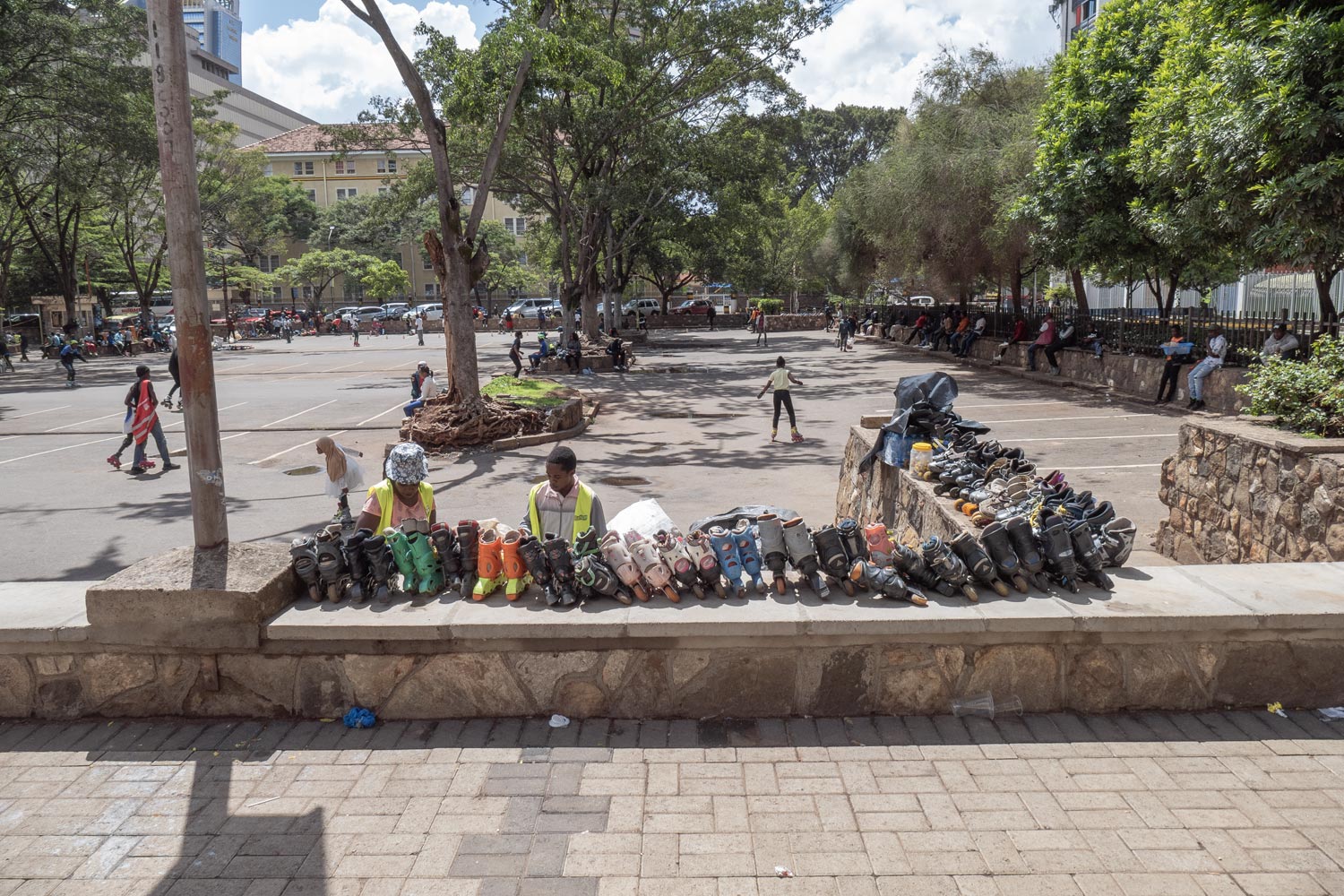
A decent-looking cinema was found.
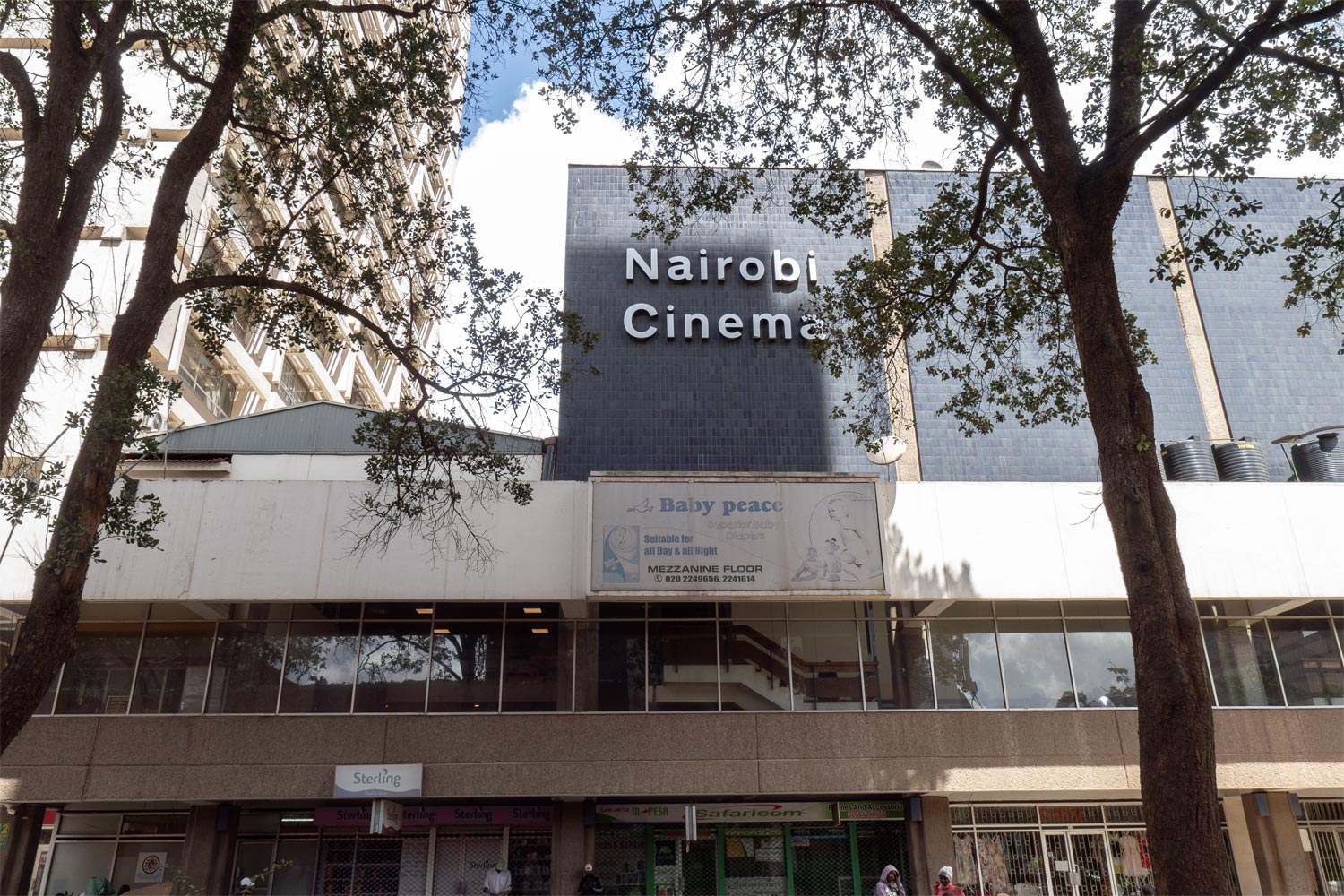
Movies in Kenya are shown in English. Most signs and ads here are also in English. This is because English is the second official language of Kenya (the first being Swahili). In schools, all subjects are taught in English from the very first grades.
As a result, almost all of Kenya speaks English fluently. Swahili is mainly spoken in everyday life and is taught as a second language.
This was, of course, imposed by the British Empire, but this result of colonization is quite positive: Kenya is a leading African country with crowds of expats and excellent connections with European businesses.
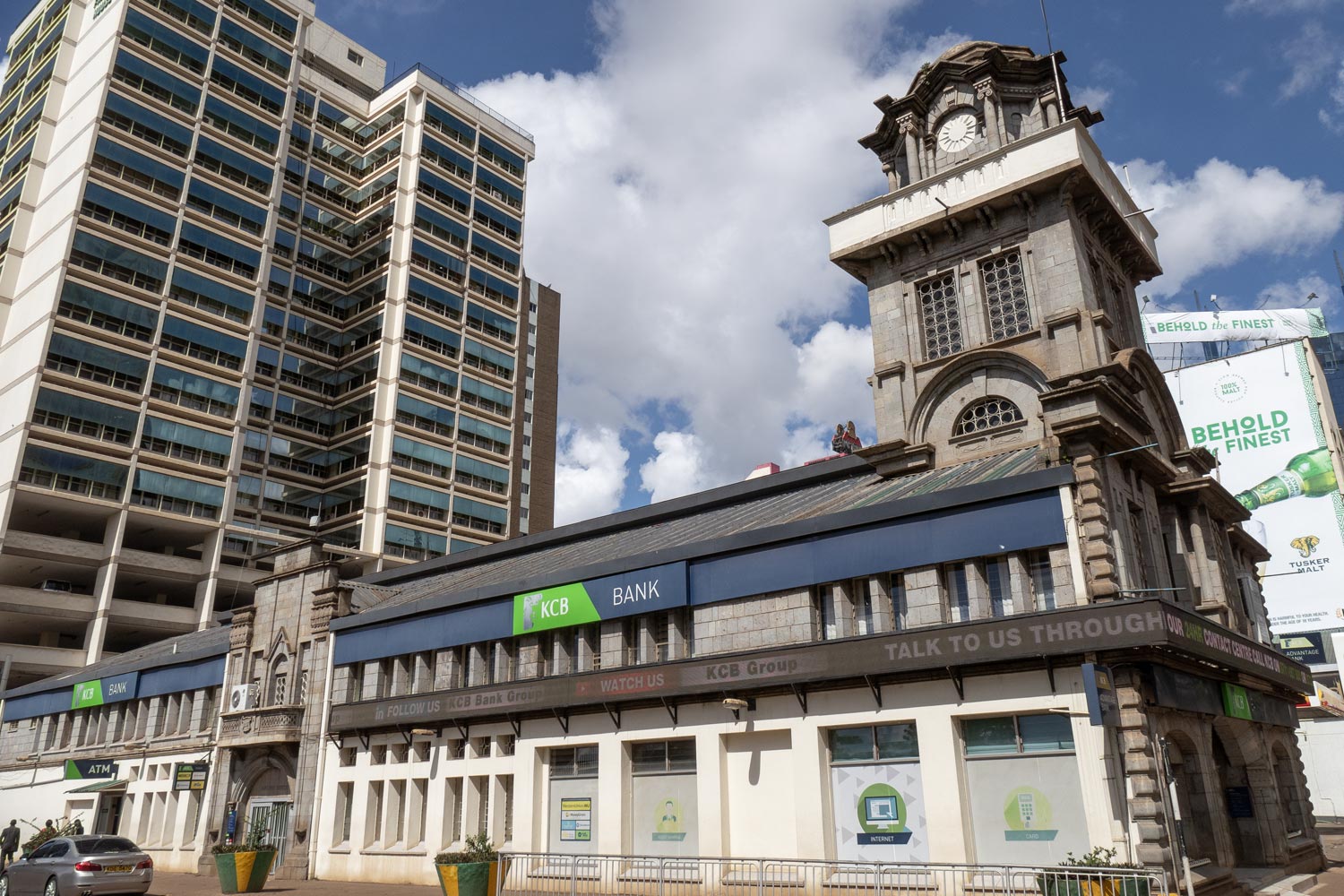
But it’s still Africa. So there is no proper public transportation here: Kenyans travel in minivans of the Japanese brand Isuzu.
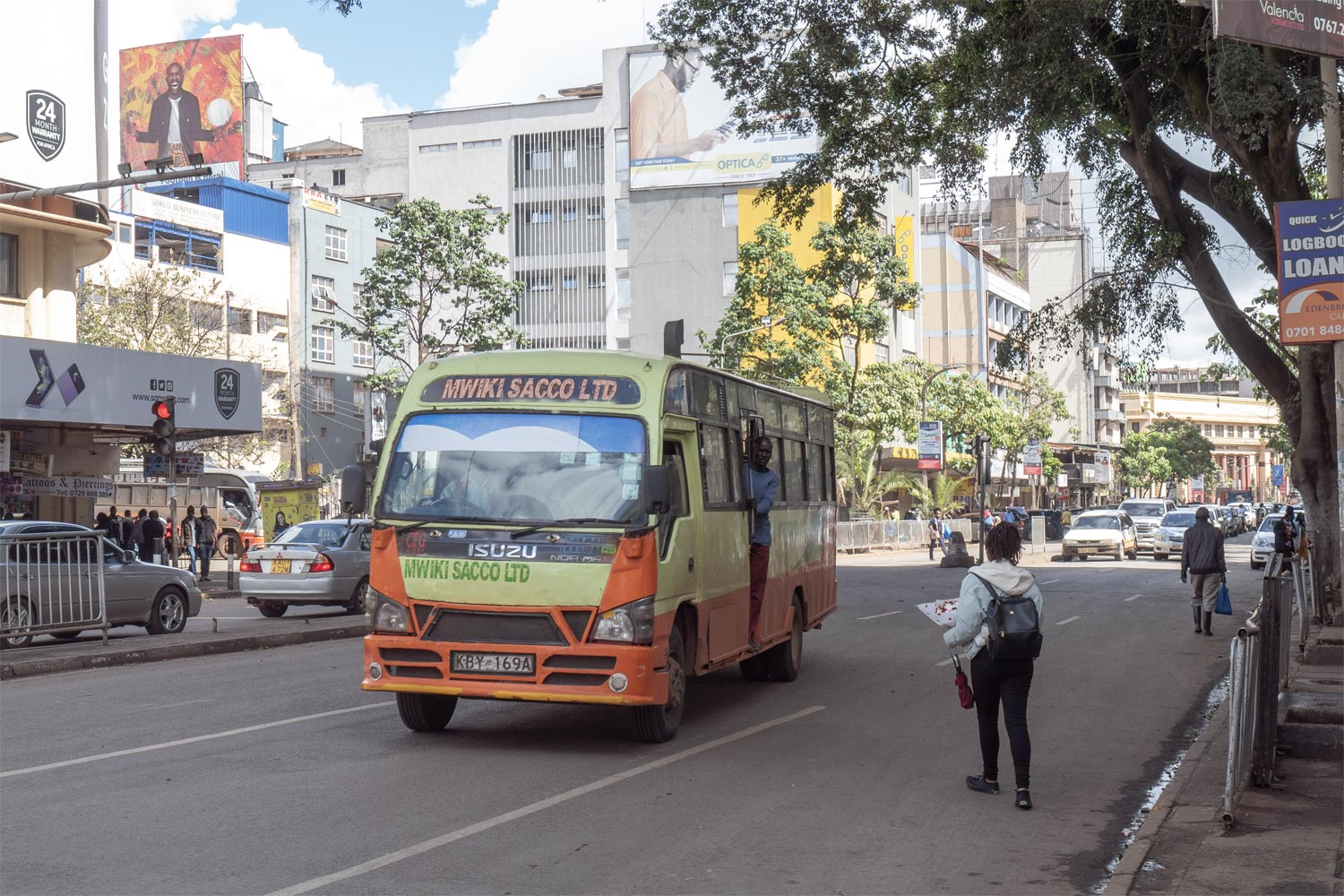
Sidewalks don’t mean much to Kenyans either: they walk wherever they please.
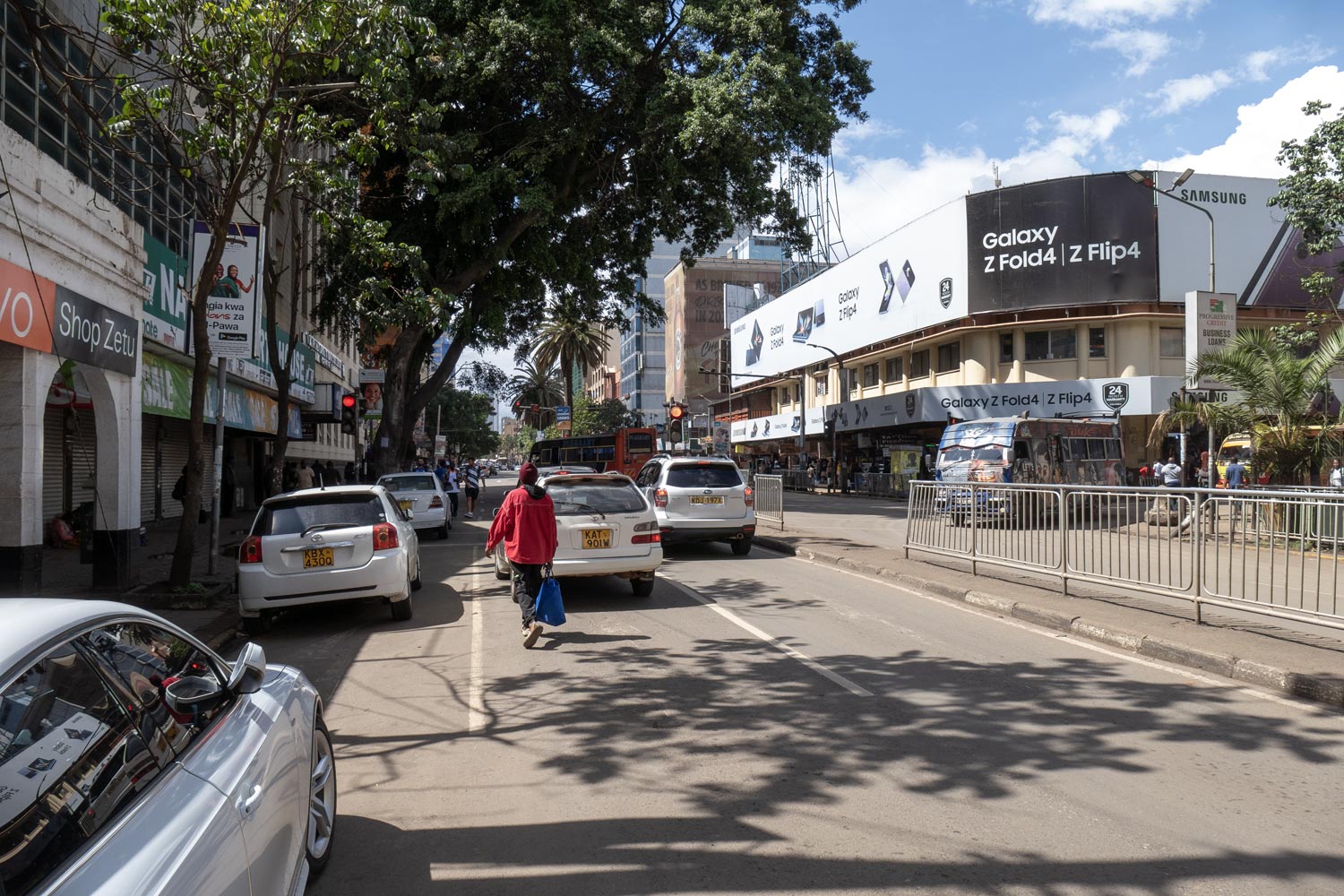
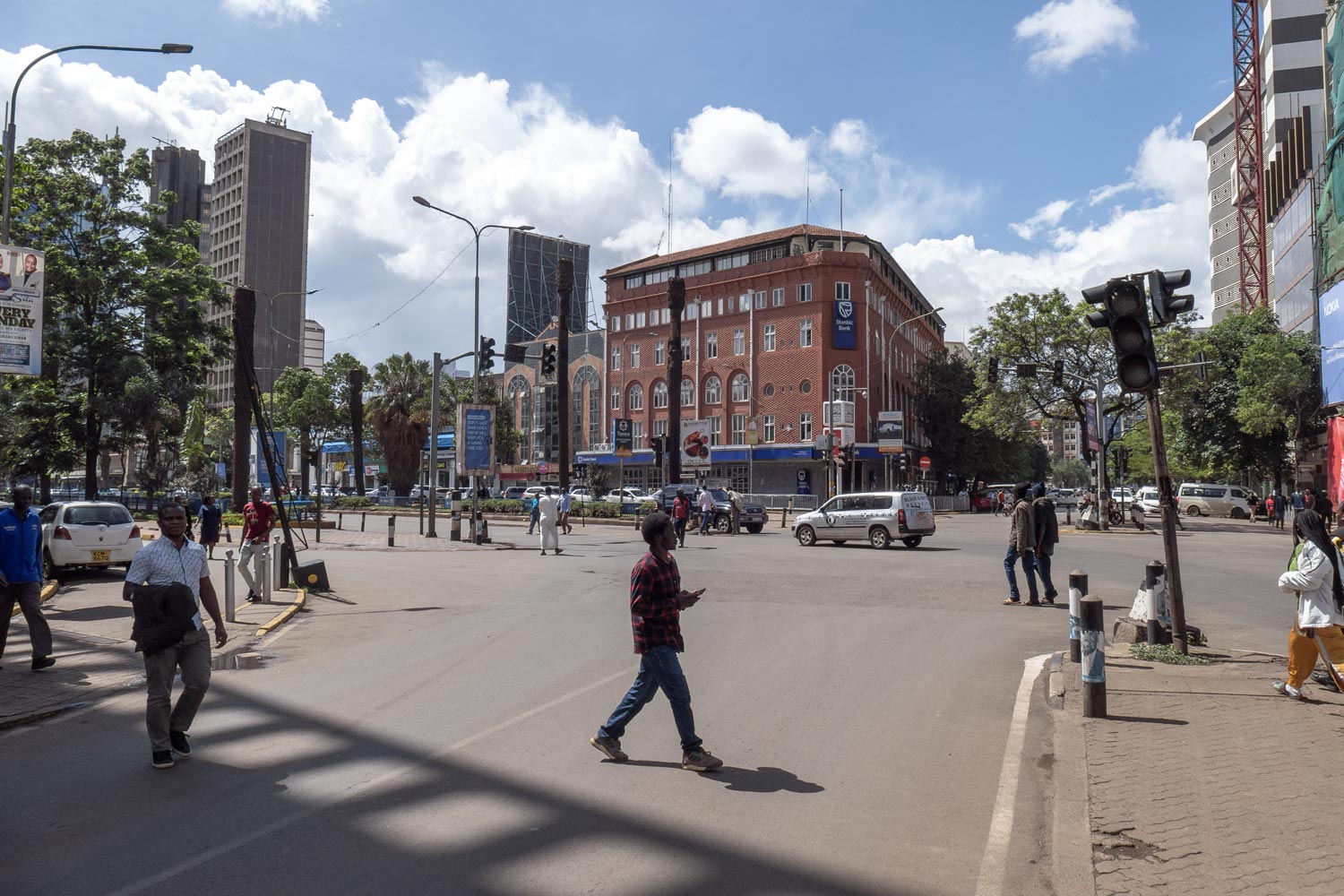
In fact, the decay begins even in the city center; one just needs to take a wrong turn.
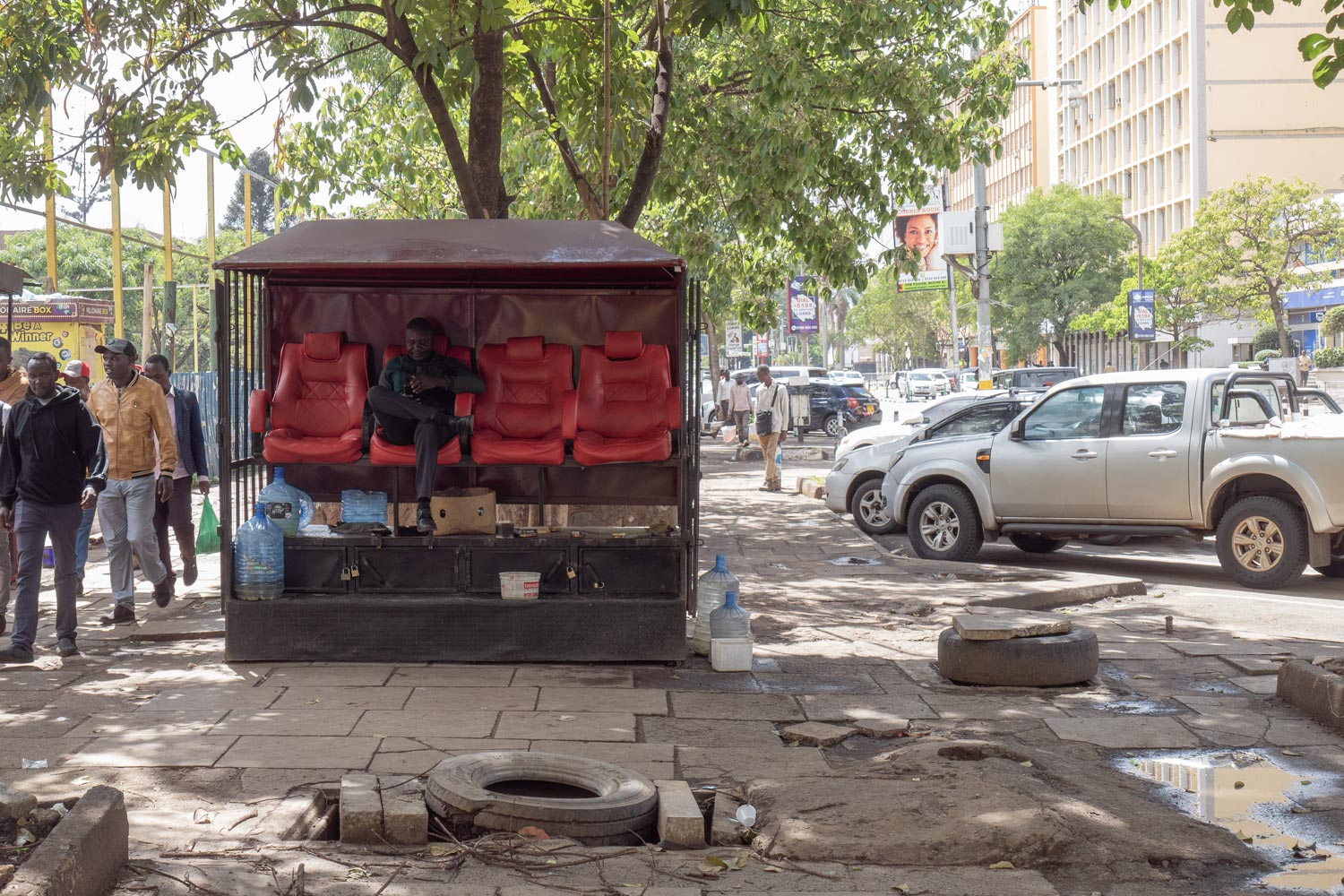
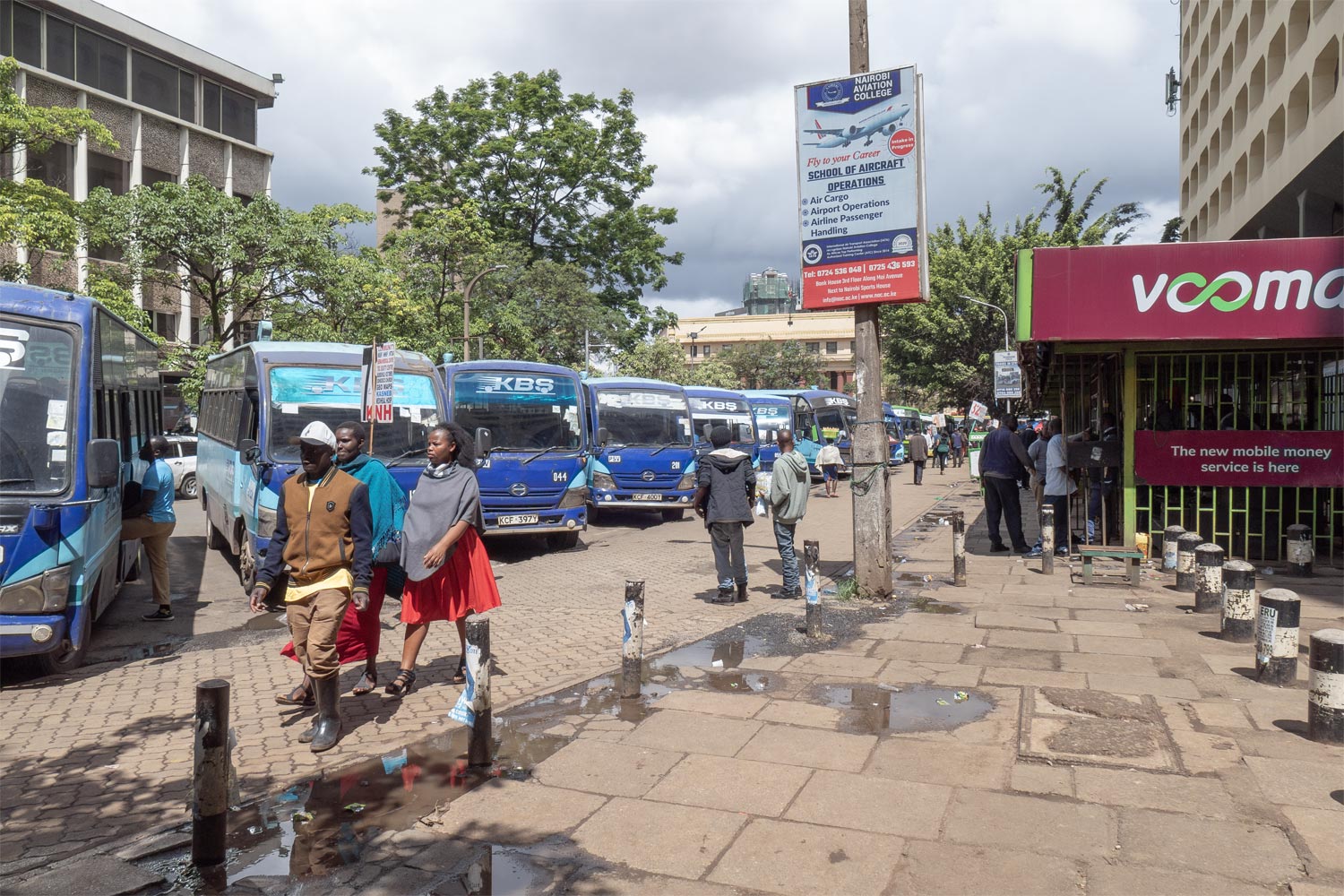
As soon as you step out of downtown, everything is broken, including the police call buttons.
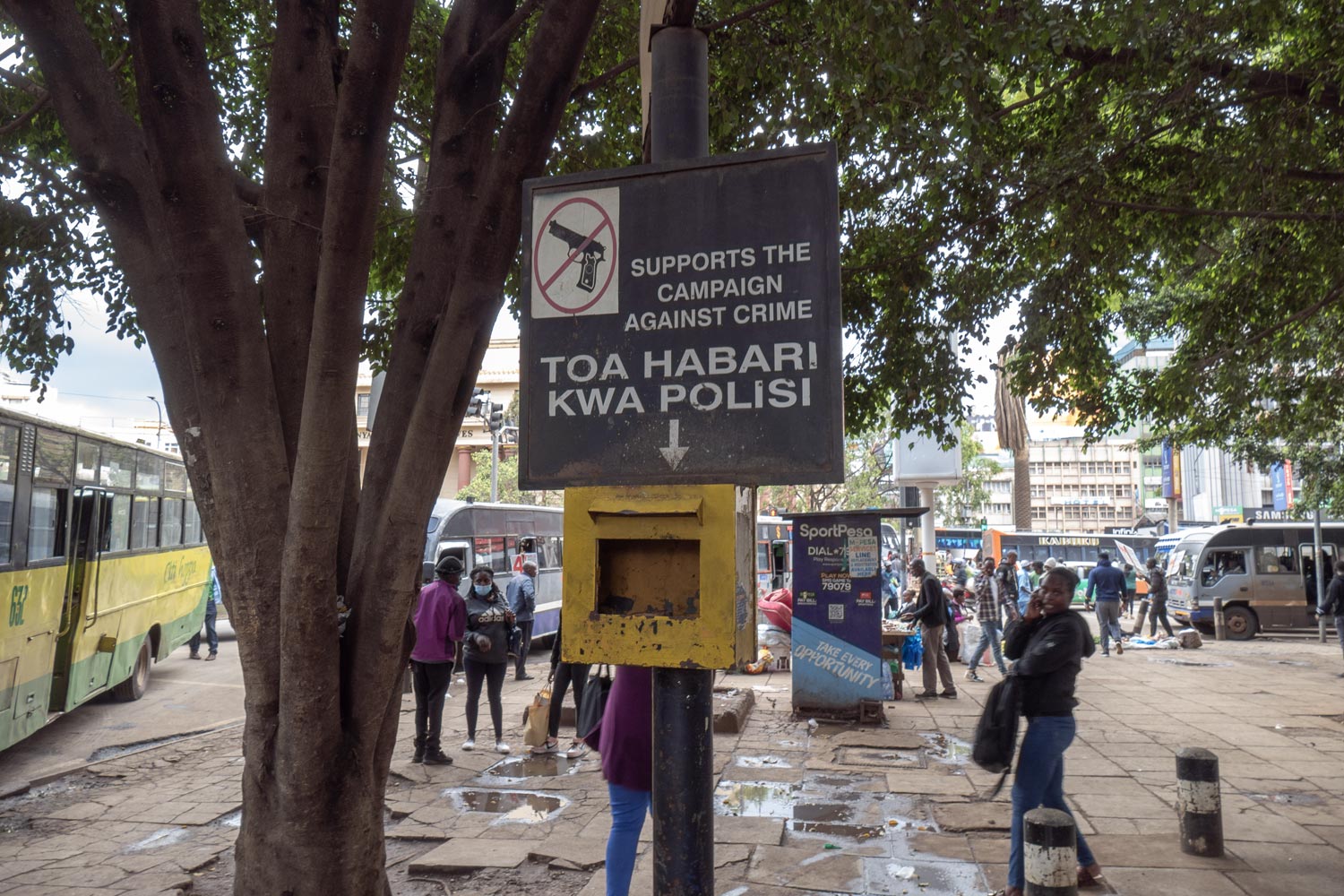
Sidewalks suddenly become occupied by makeshift trade. It’s all very African: piece of cloth, bananas.

In other places, the market resembles an Arab bazaar: stalls with shoes and clothing line the sidewalks.
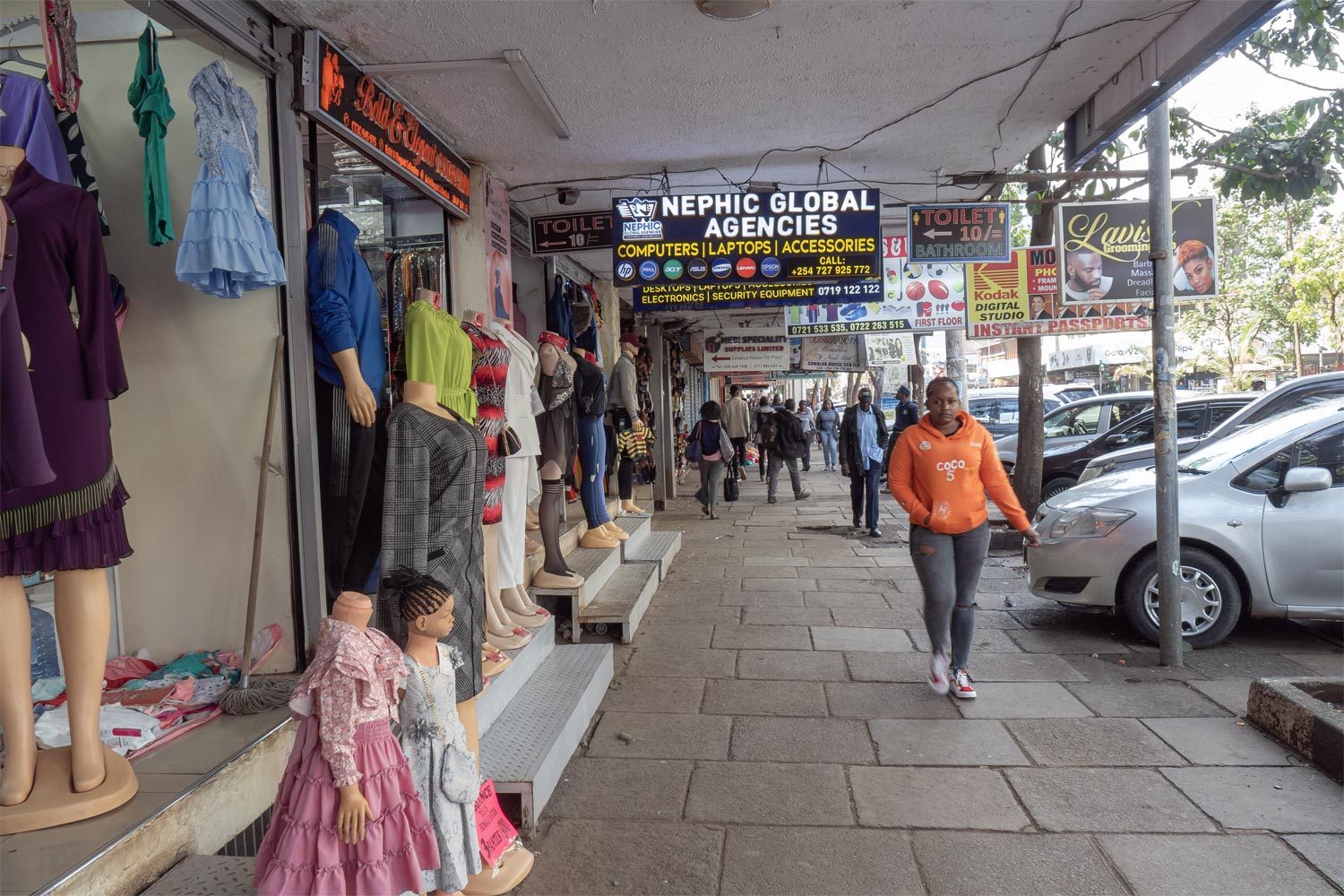
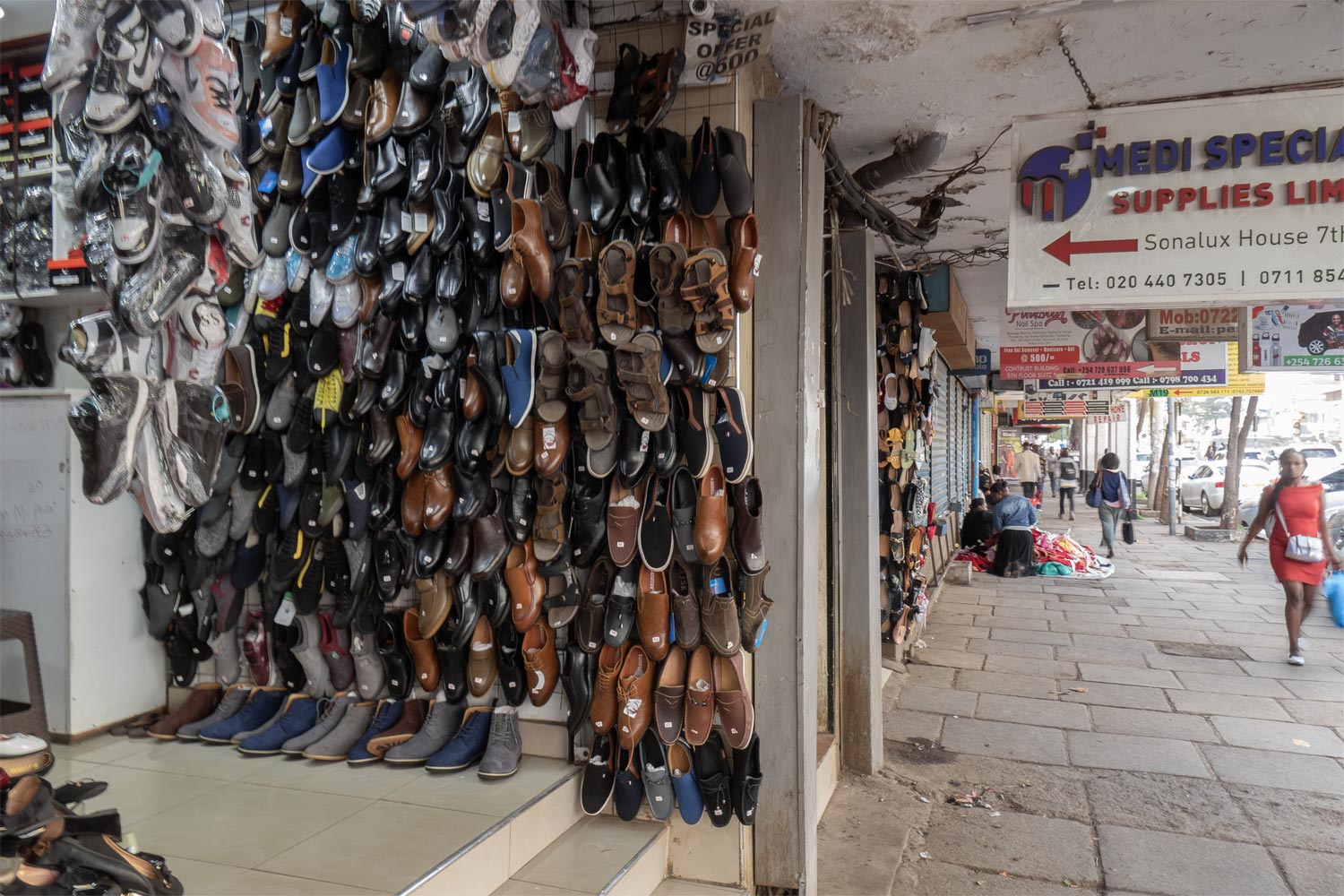
Of course, Nairobi is full of beggars.

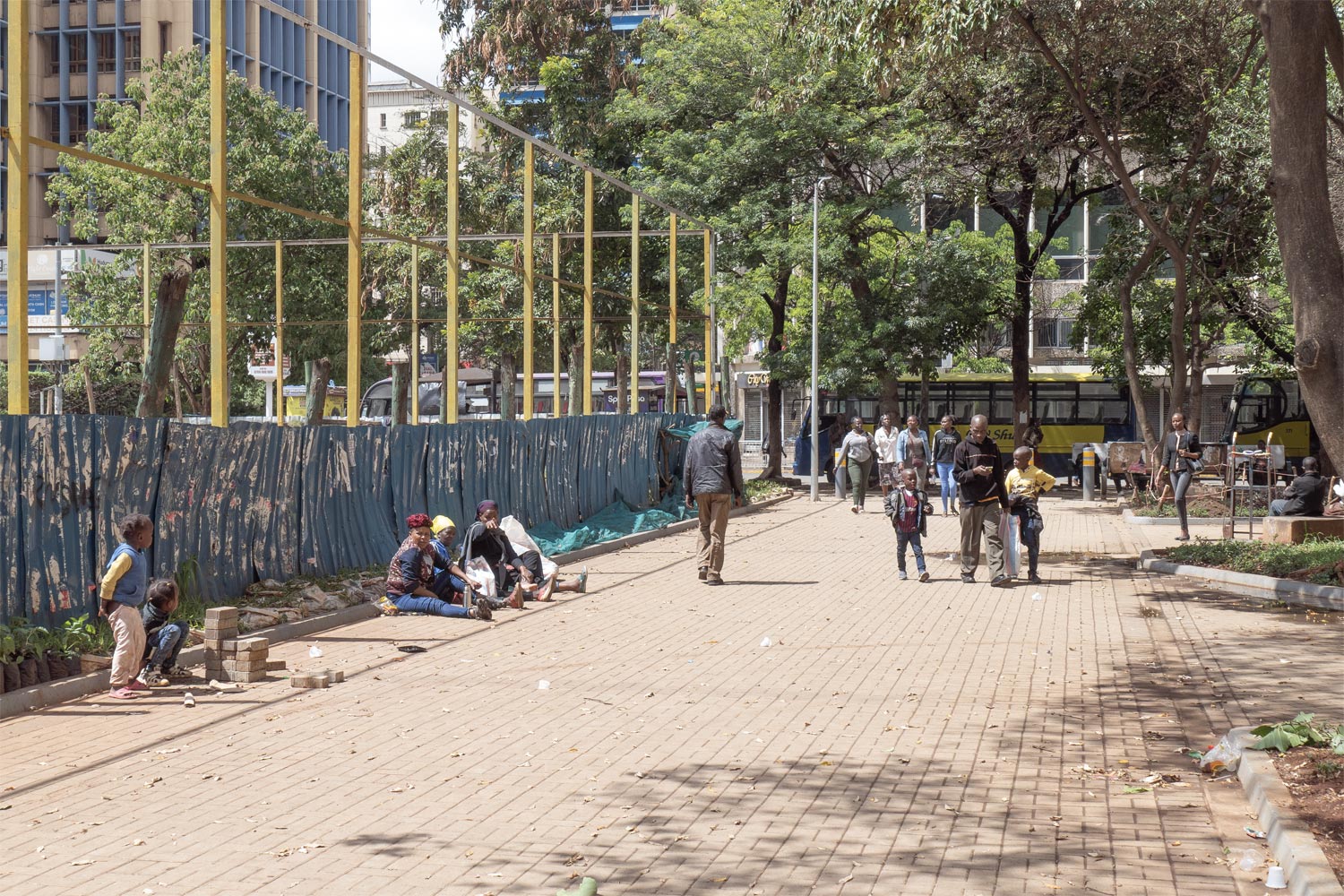
There are plenty of workers too. Here is a crowd of people coming from work. Alongside them sits another crowd, waiting for something — probably an appointment at the labor exchange.
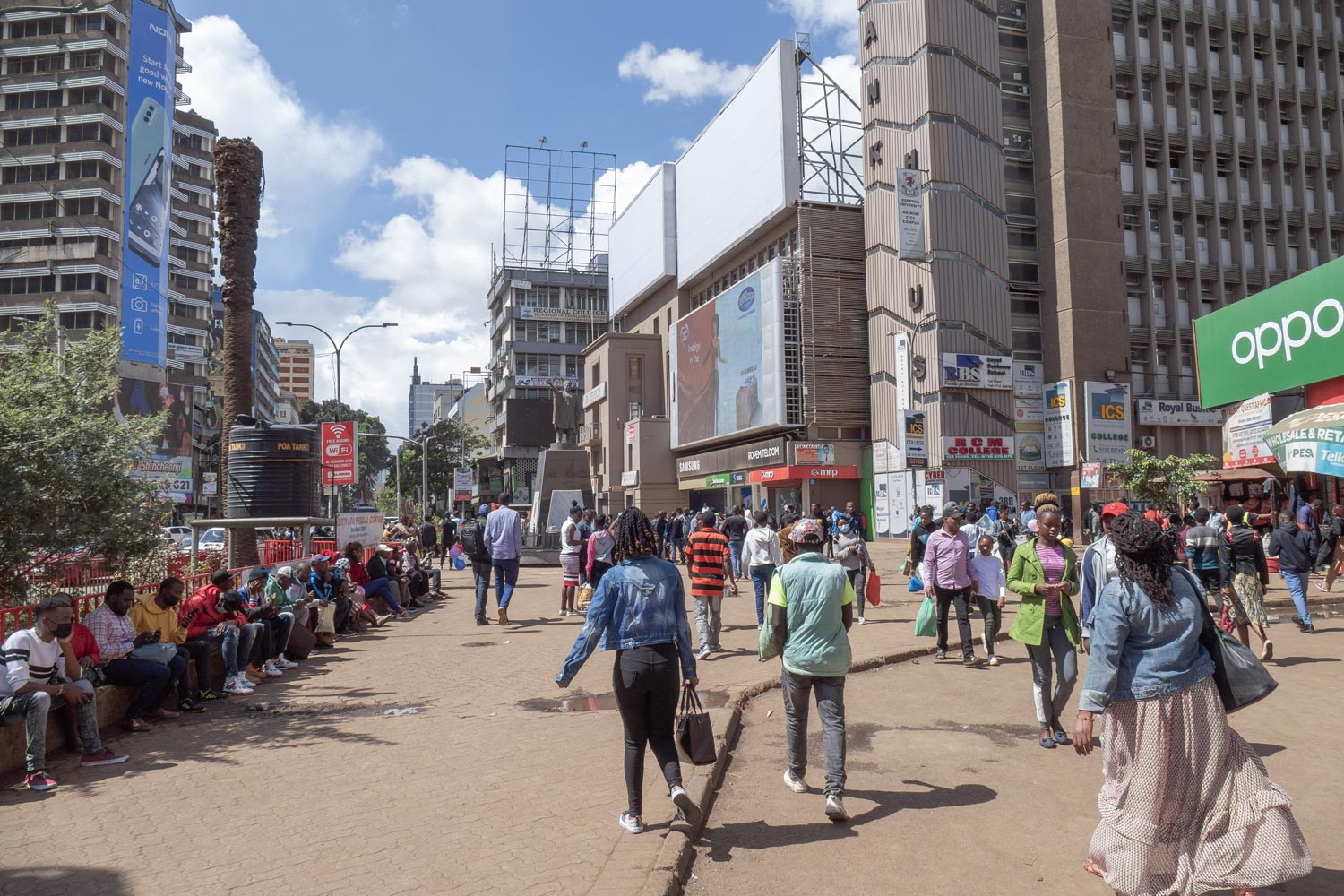
A monument to some Tom Mboya.
By the way, he was a great man. It turns out he was a founding father of Kenya. He wrote the constitution and negotiated with Britain for the country’s independence. He arranged with President Kennedy to send hundreds of students to study in the USA. Incredibly, one of those students was Barack Obama’s father.
Tom Mboya was tragically shot dead in 1969 at this very spot at the age of 38.
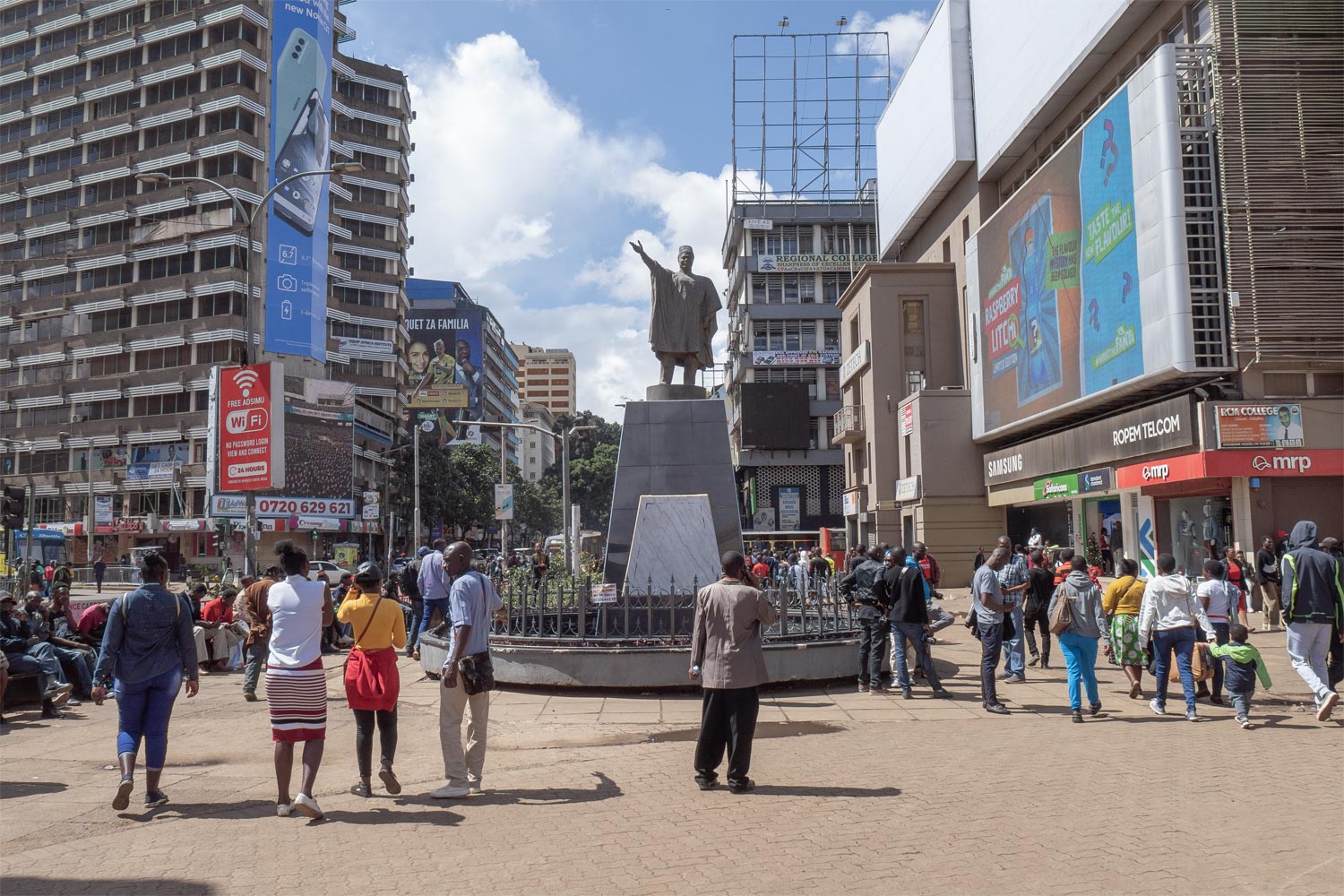

The monument stands across from the National Archives of Kenya. The archives house thousands of historical documents, photographs, newspapers, artworks, and rare books.
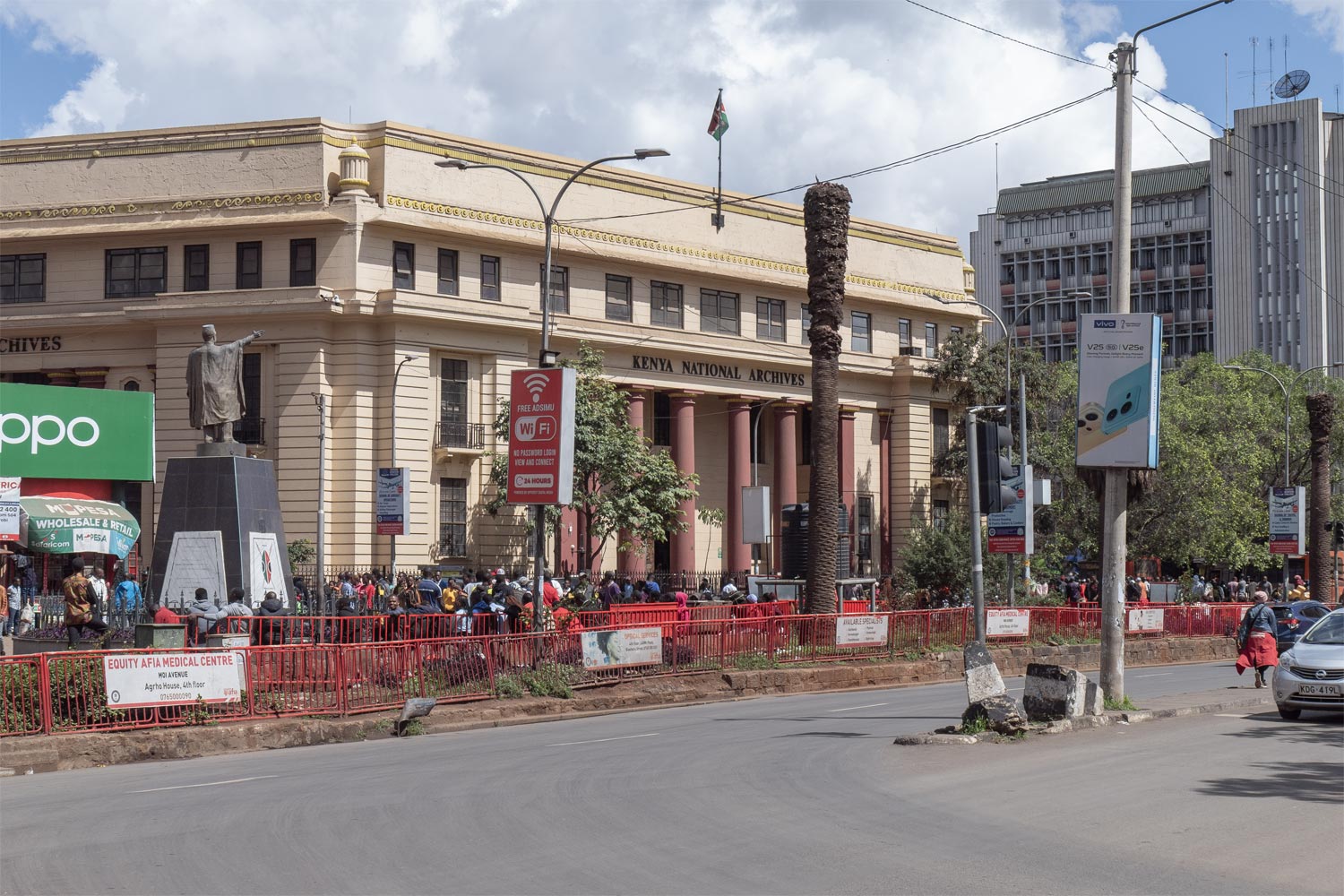
That’s how it’s described. In reality, the archive looks more like a rural museum.
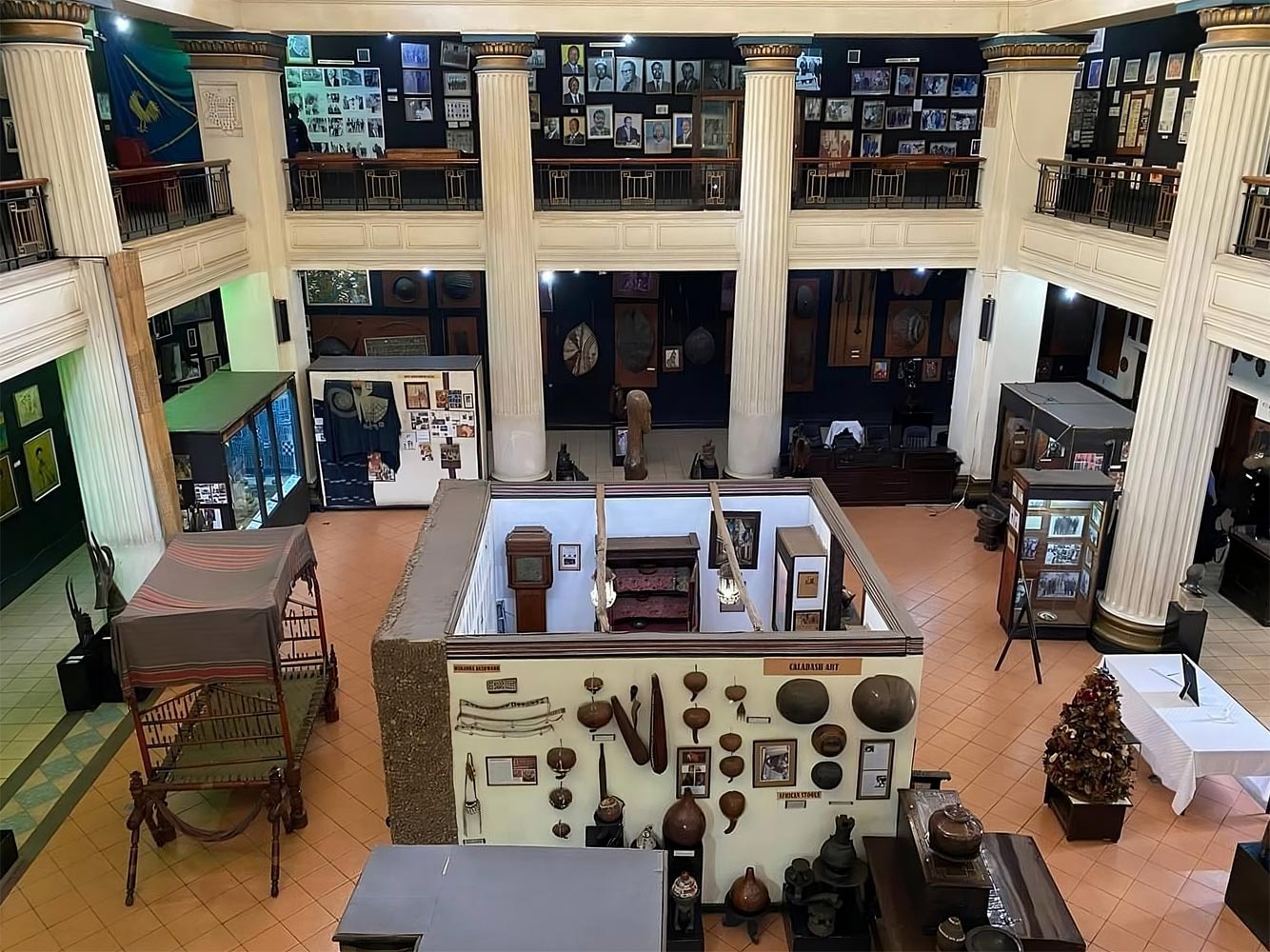
The archive building marks the final frontier of decent Nairobi. Being around it is quite uncomfortable. There is a crowd and chaos, much like what you often find at the last stop of a metro line. The victimity of being a white man in Africa becomes apparent: everyone is looking at you.
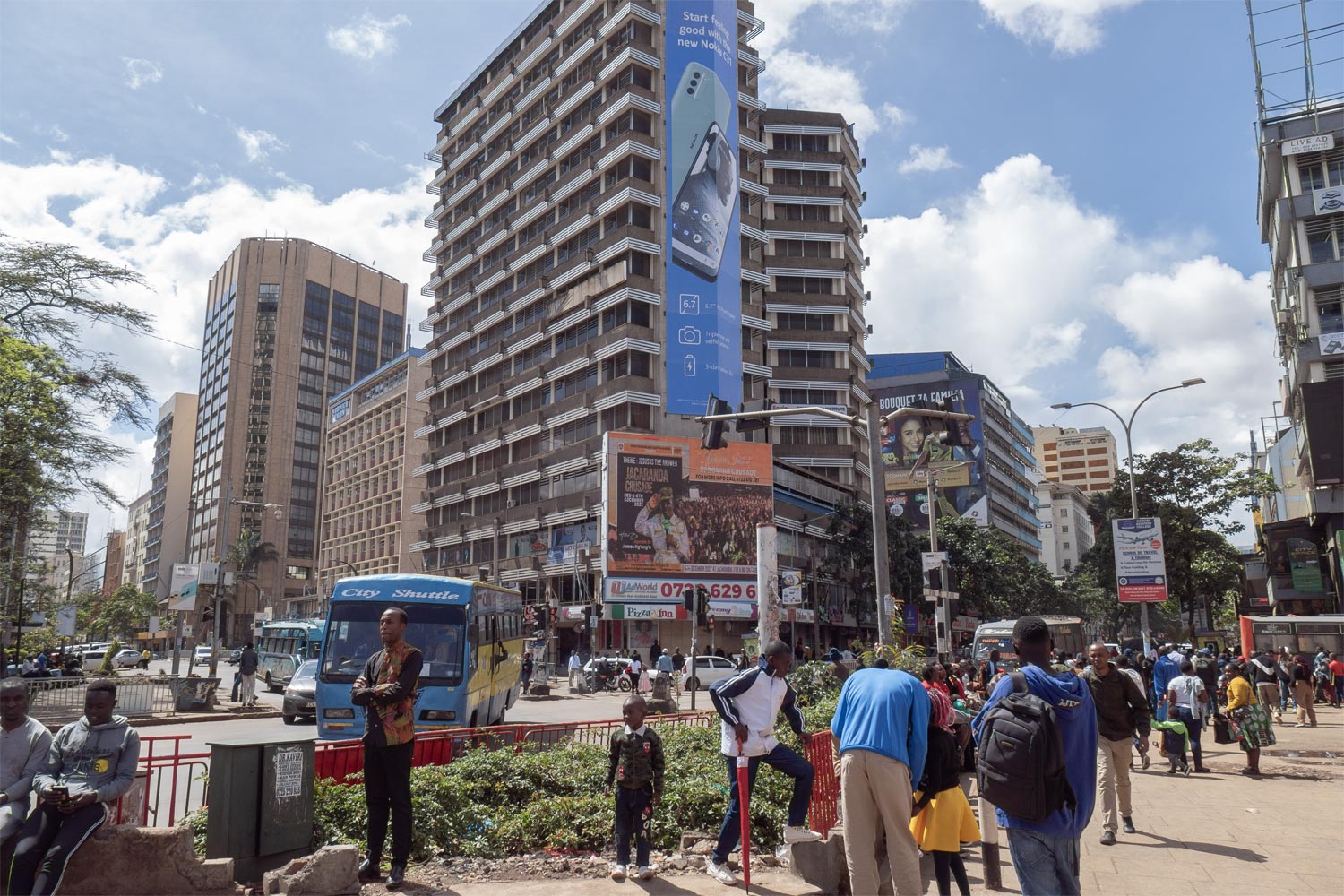
There’s no point in going beyond the museum. Beyond it lie the city’s most crime-ridden areas. There’s absolutely nothing to see there, and the risk of encountering trouble is very real.
It’s a completely different story to go to Kibera, the largest slum in the world. It’s not only safer there but also much more interesting. Let’s go!
